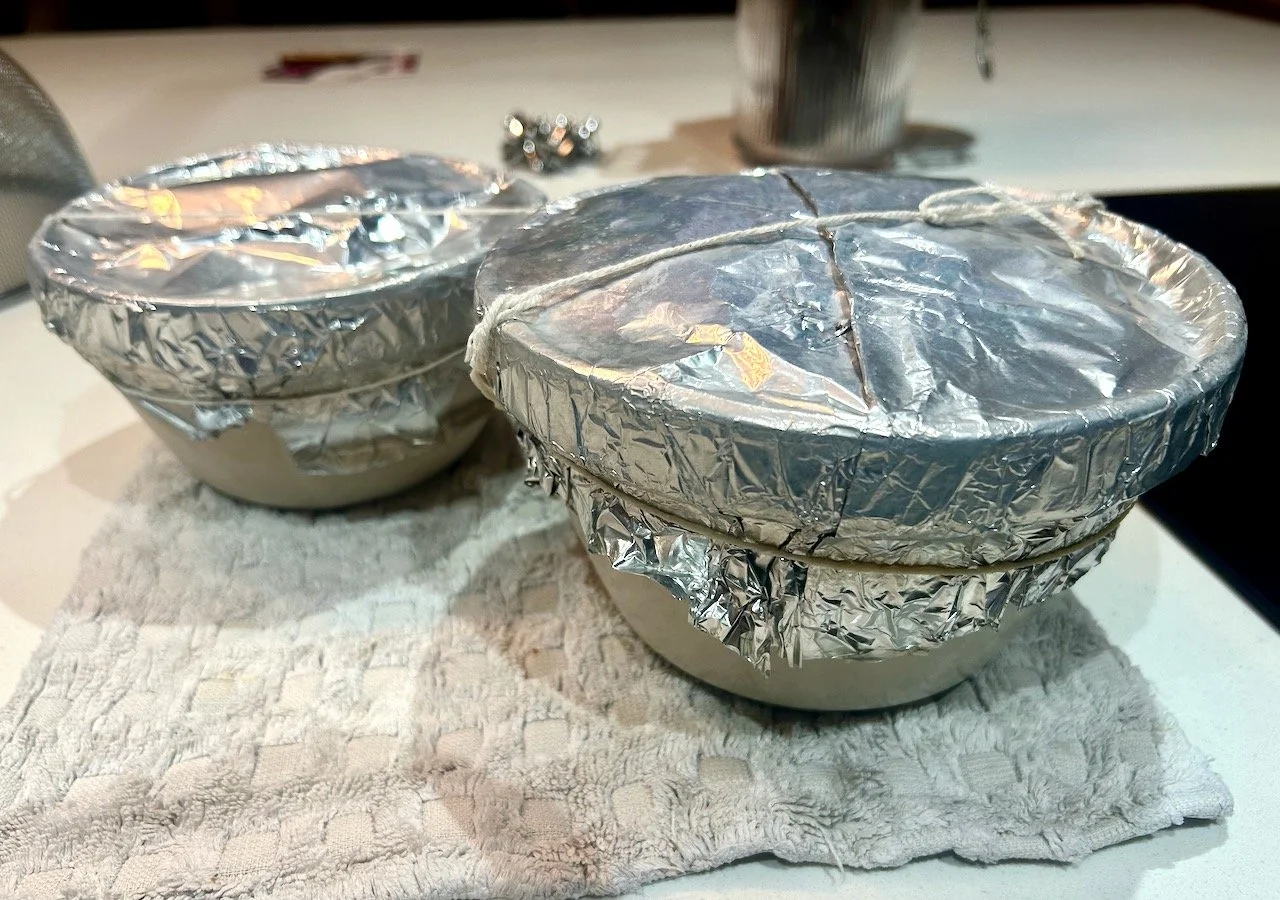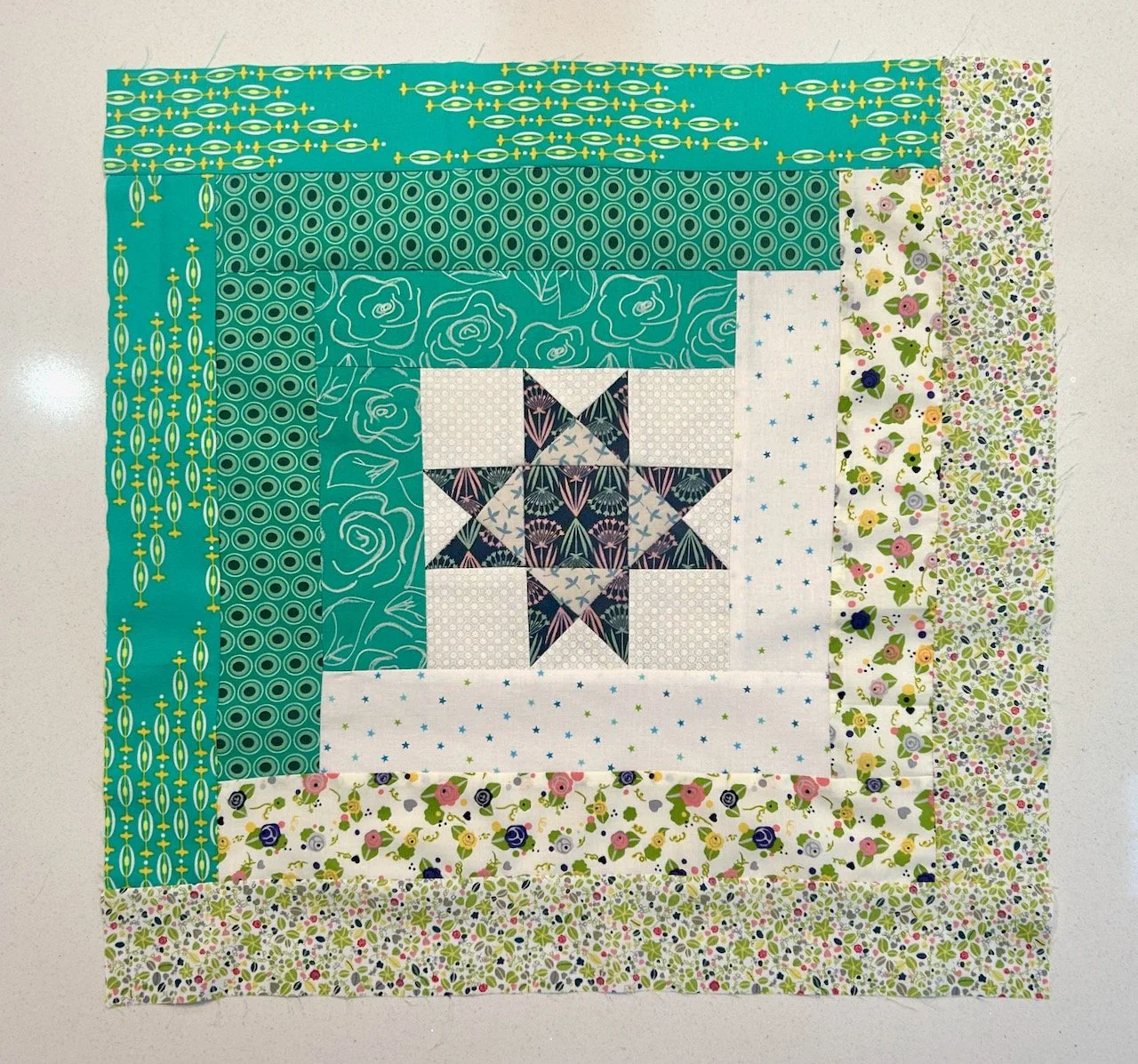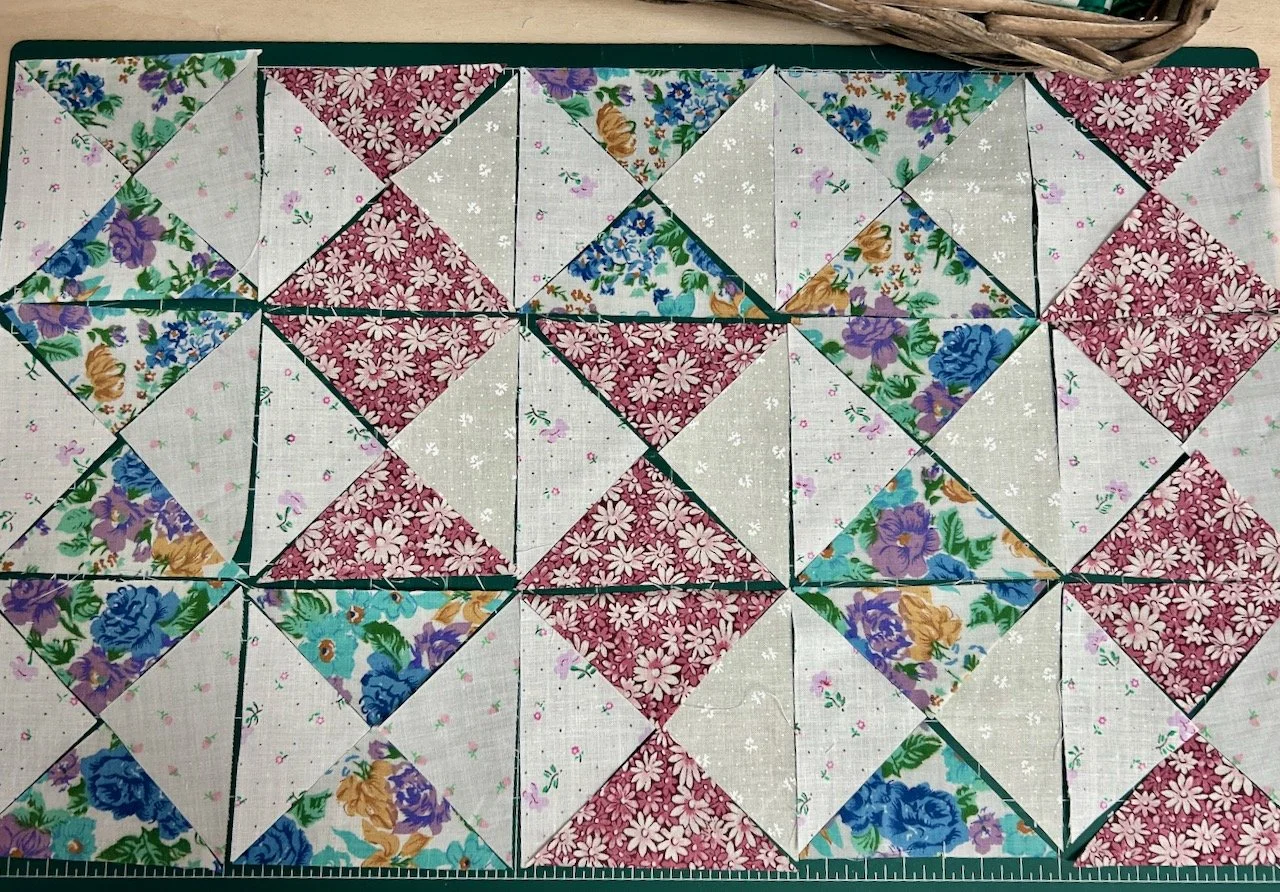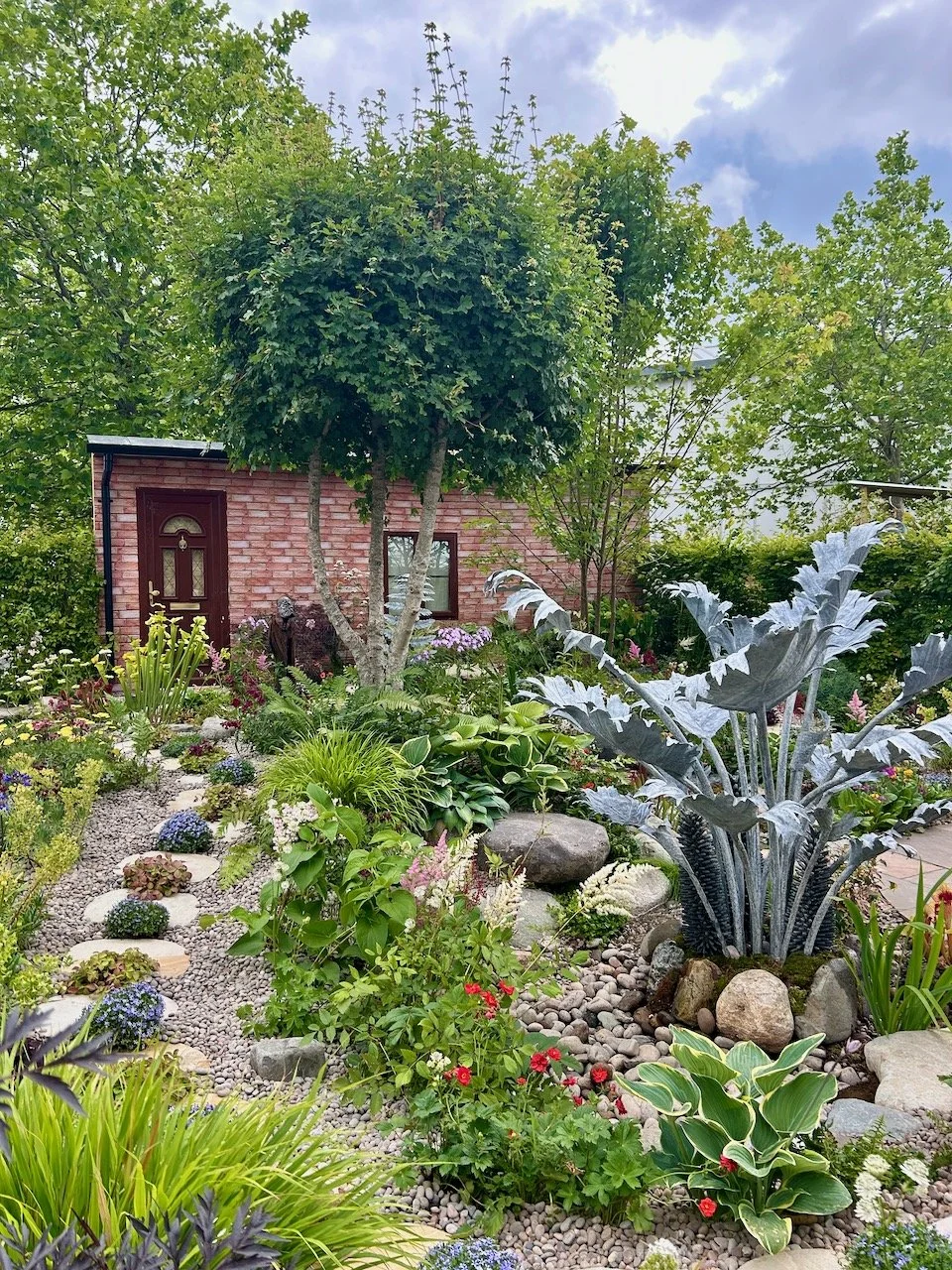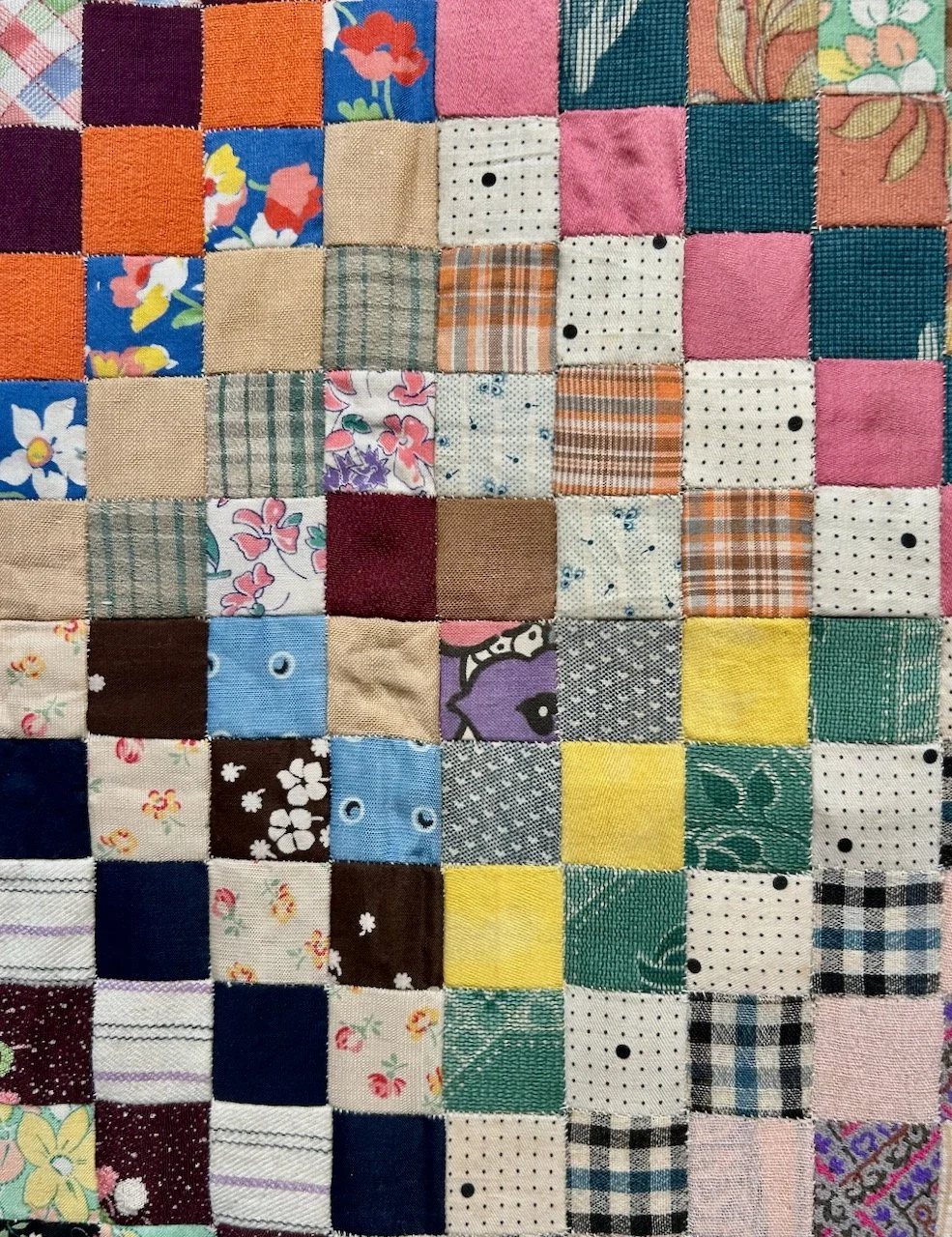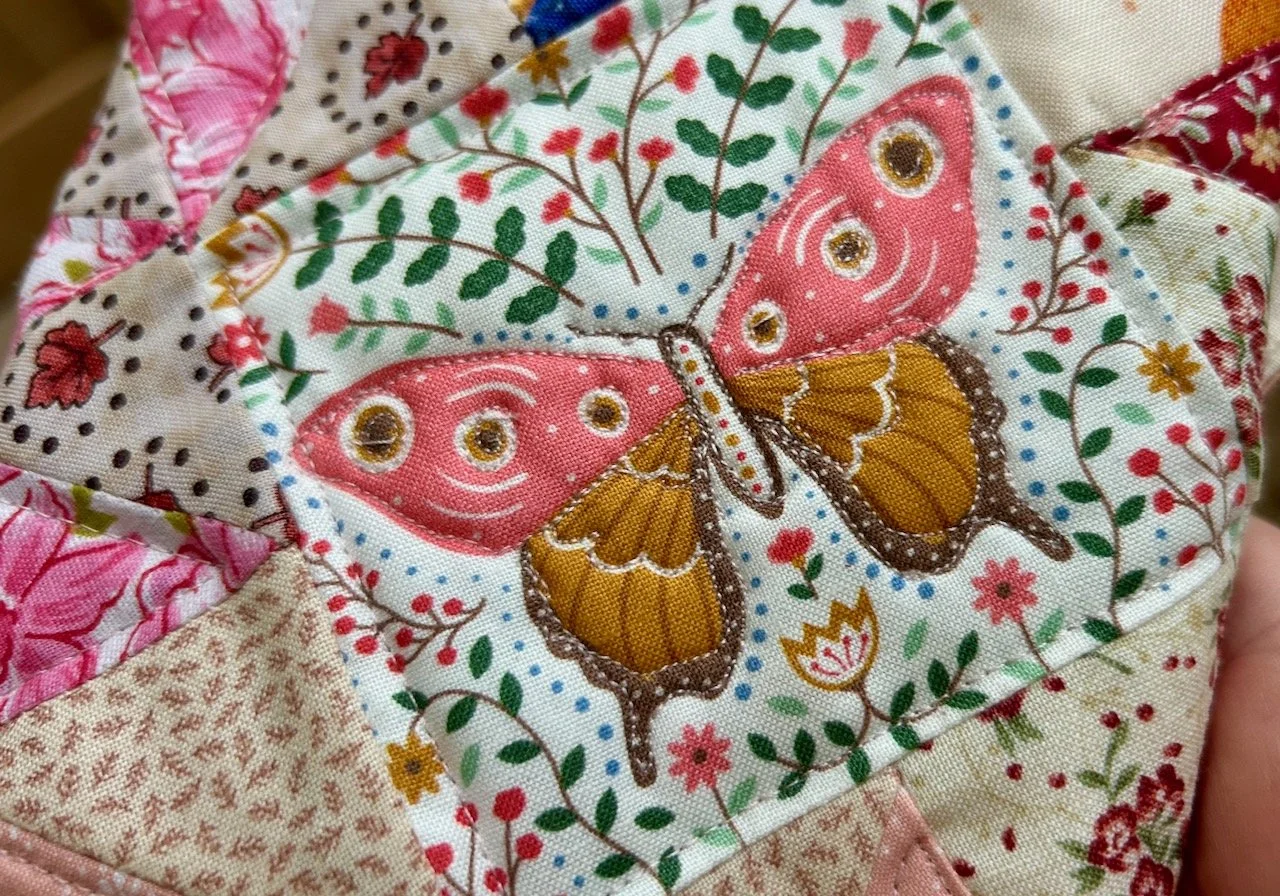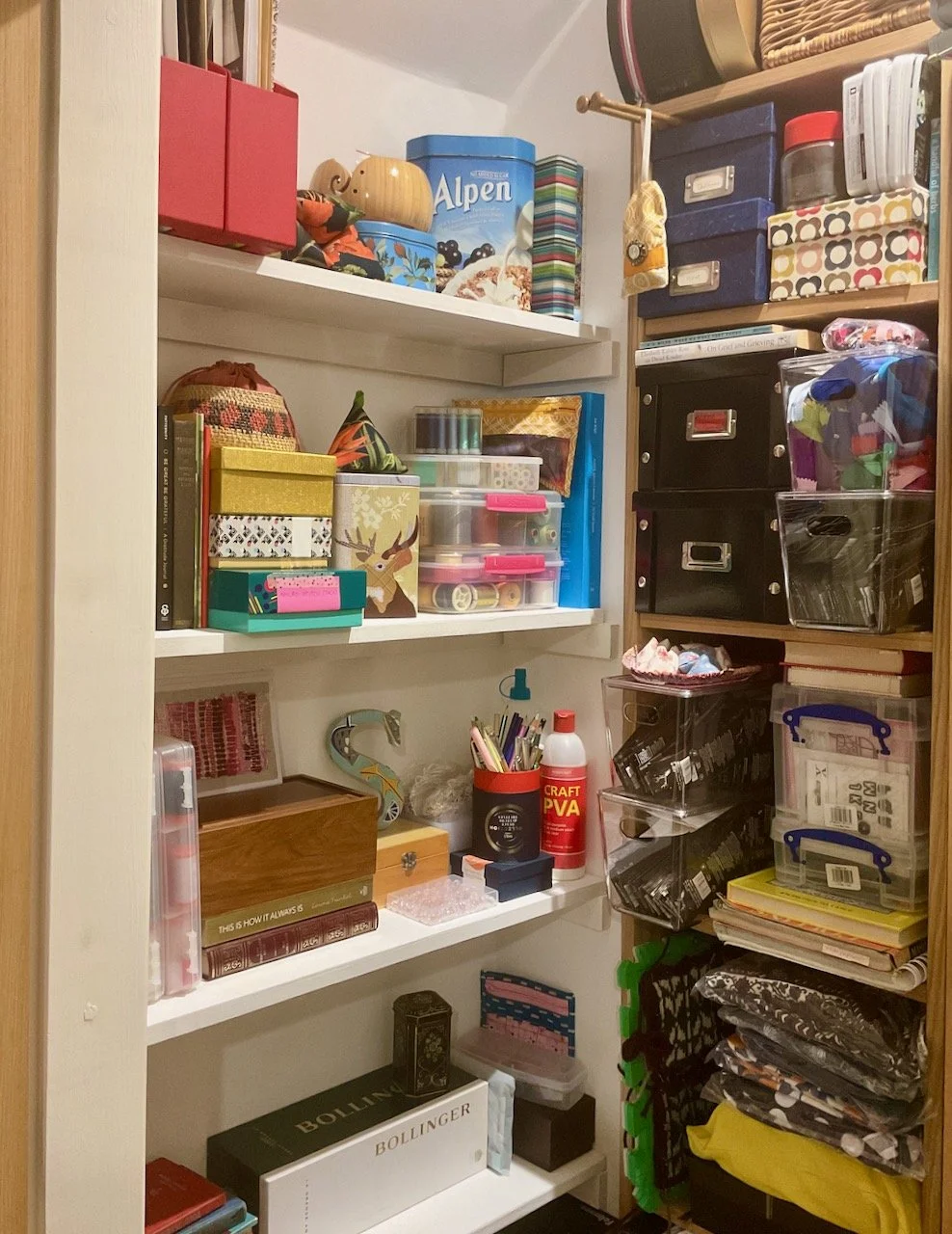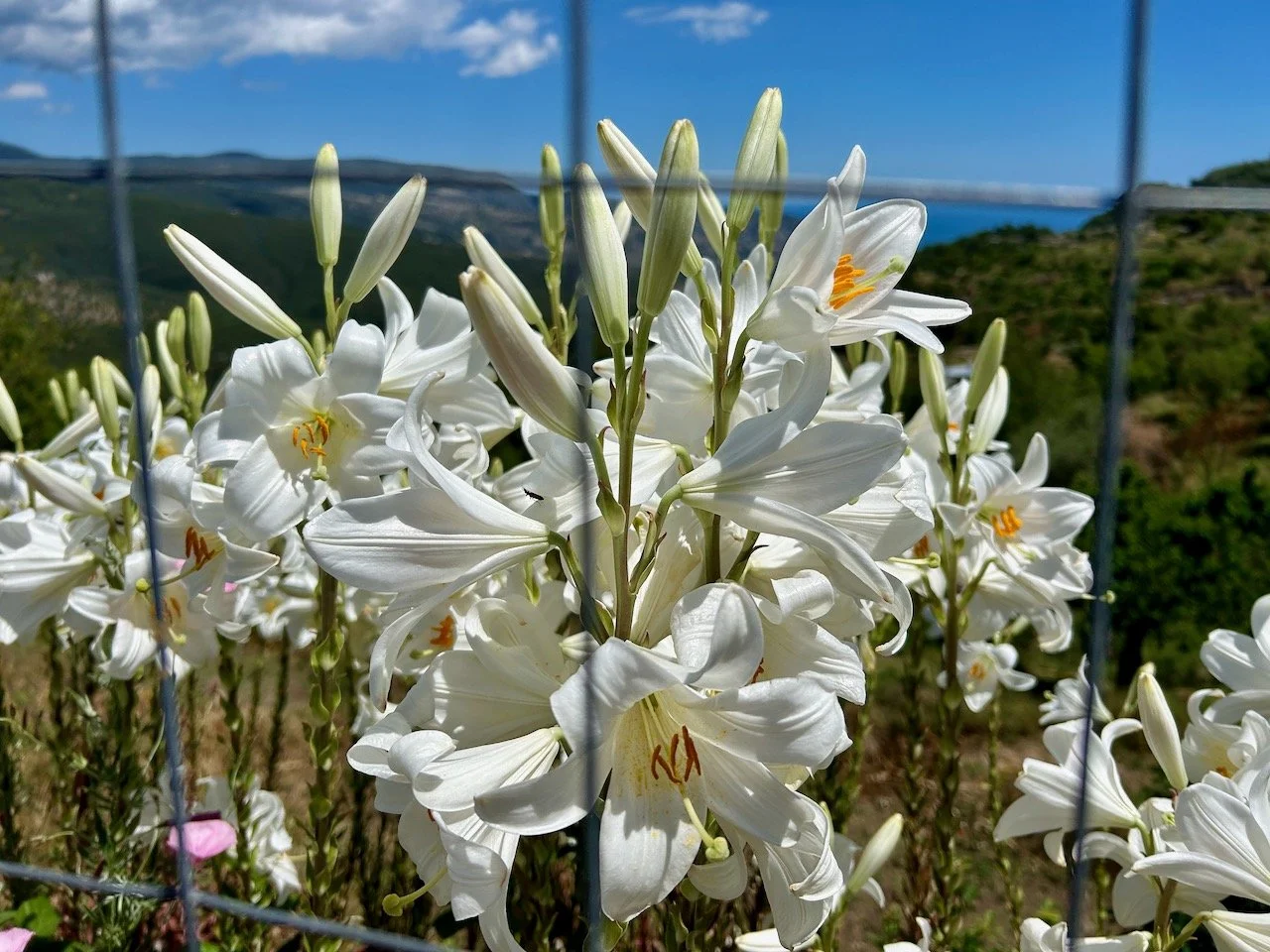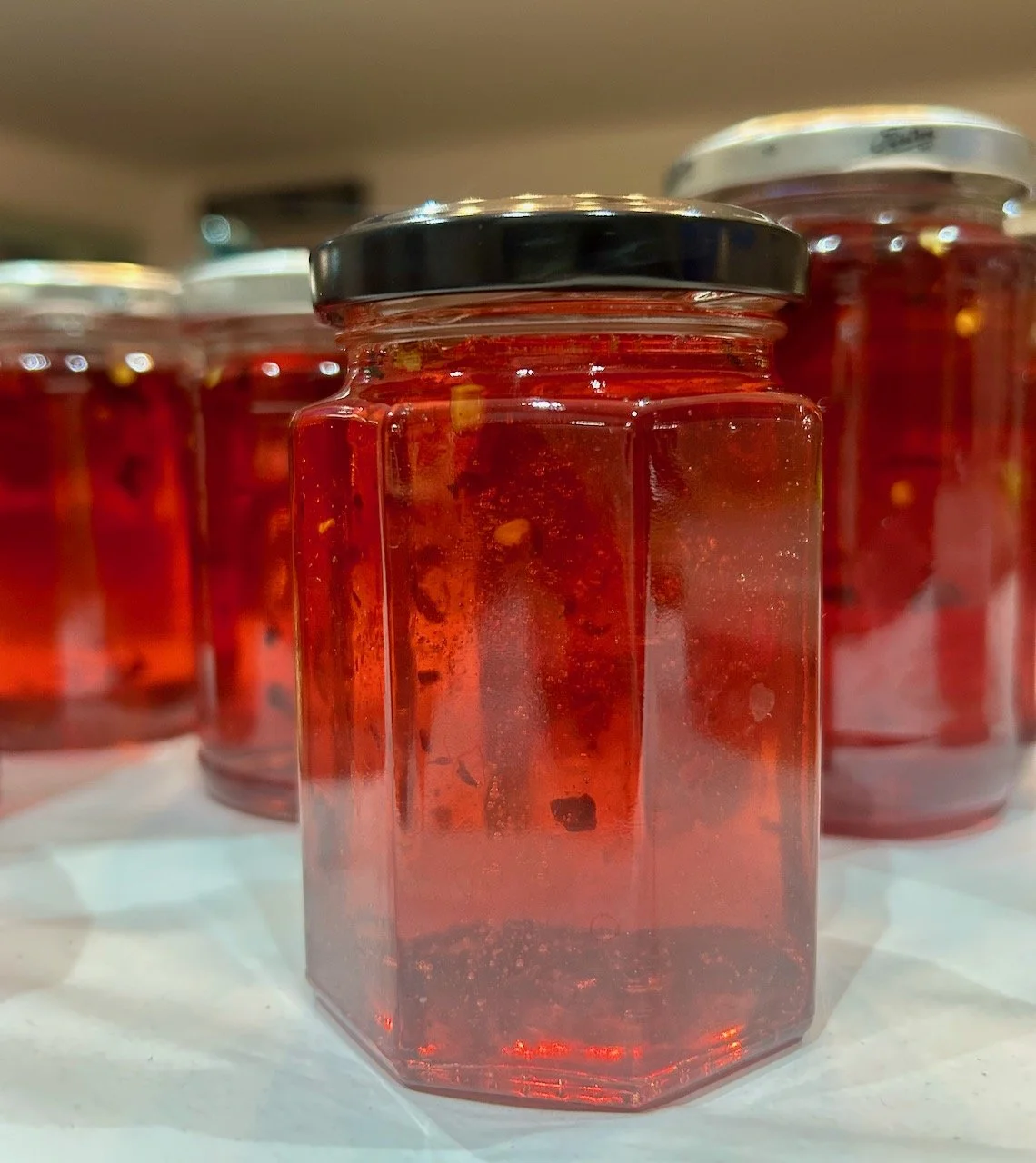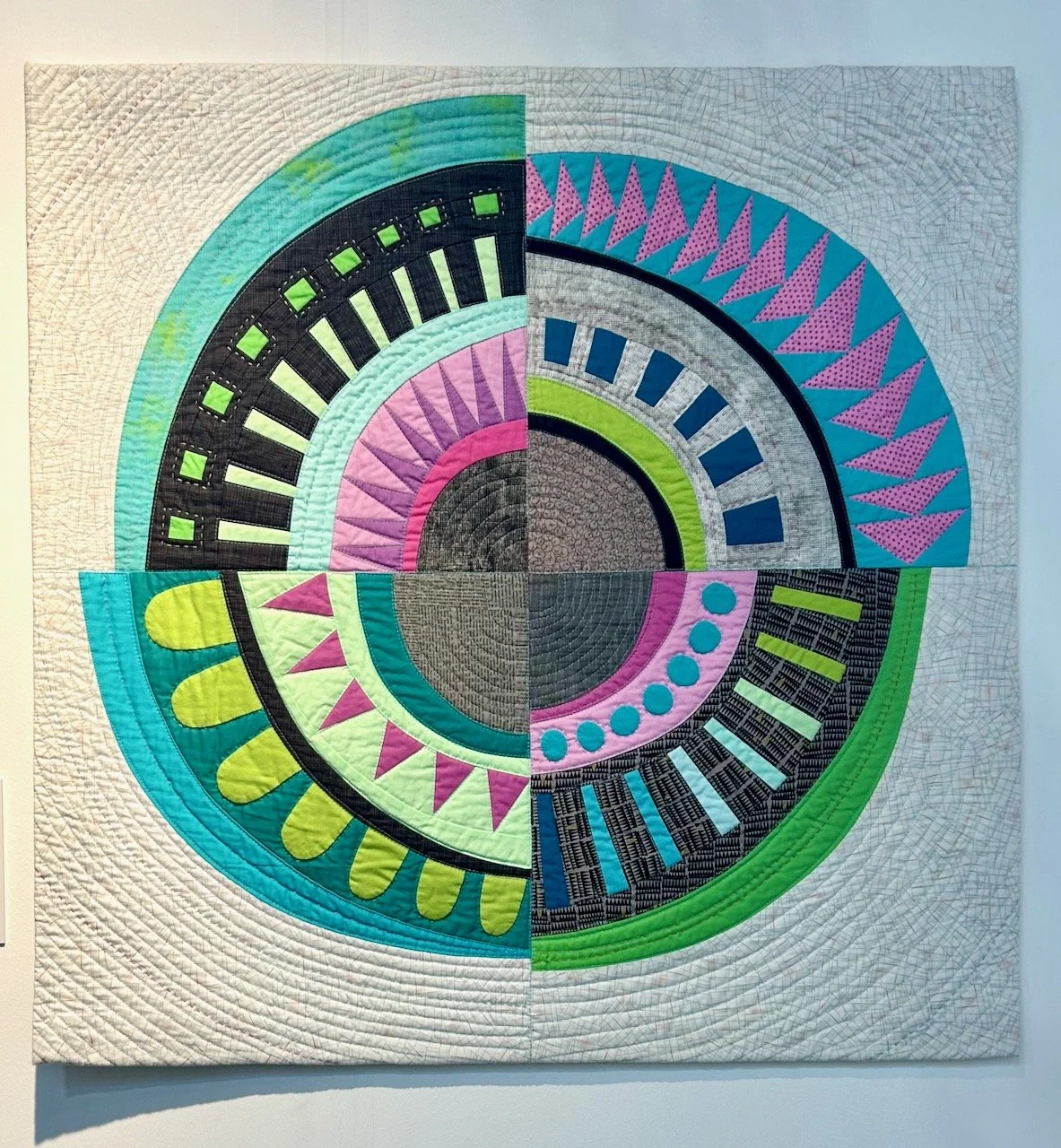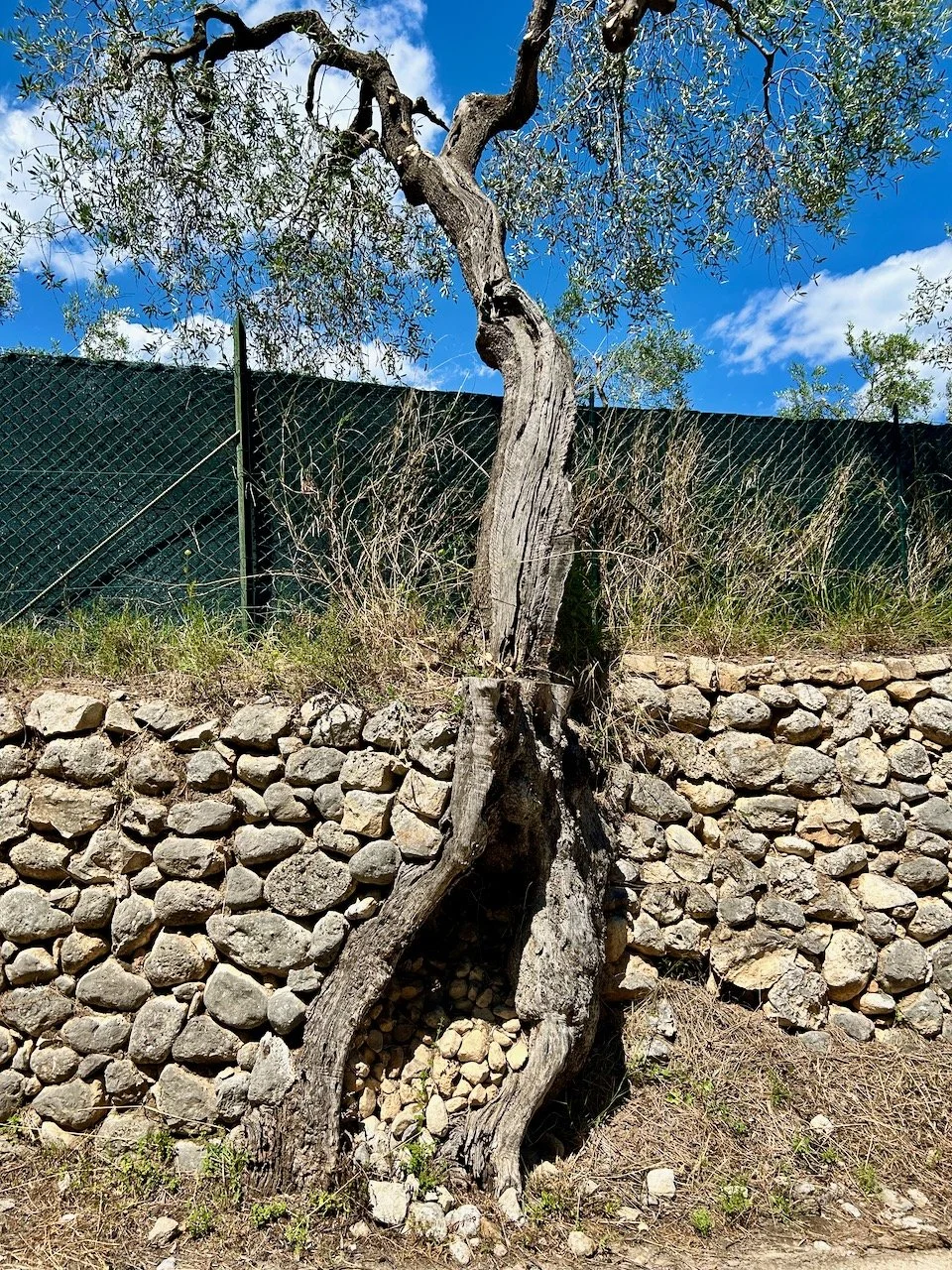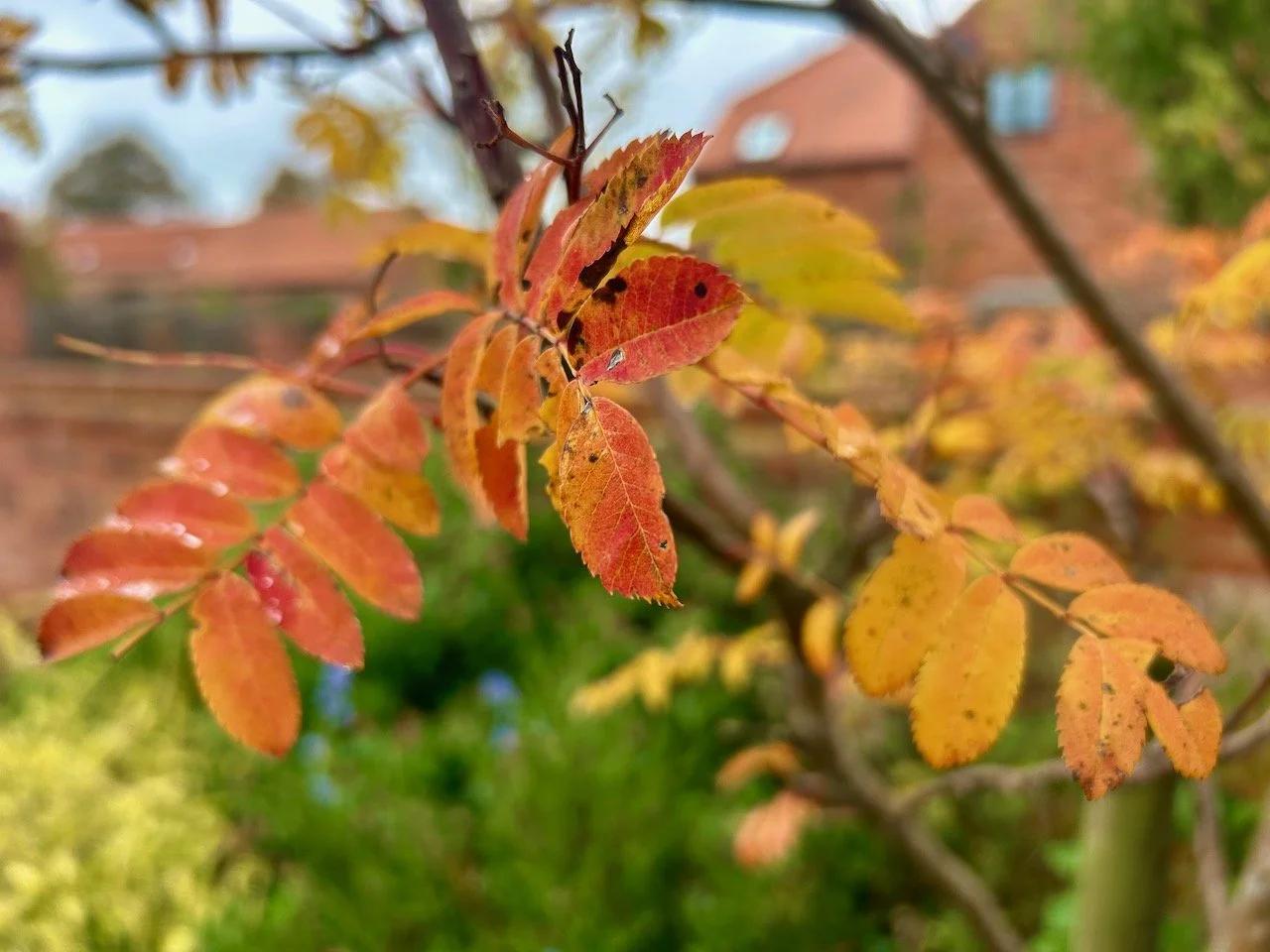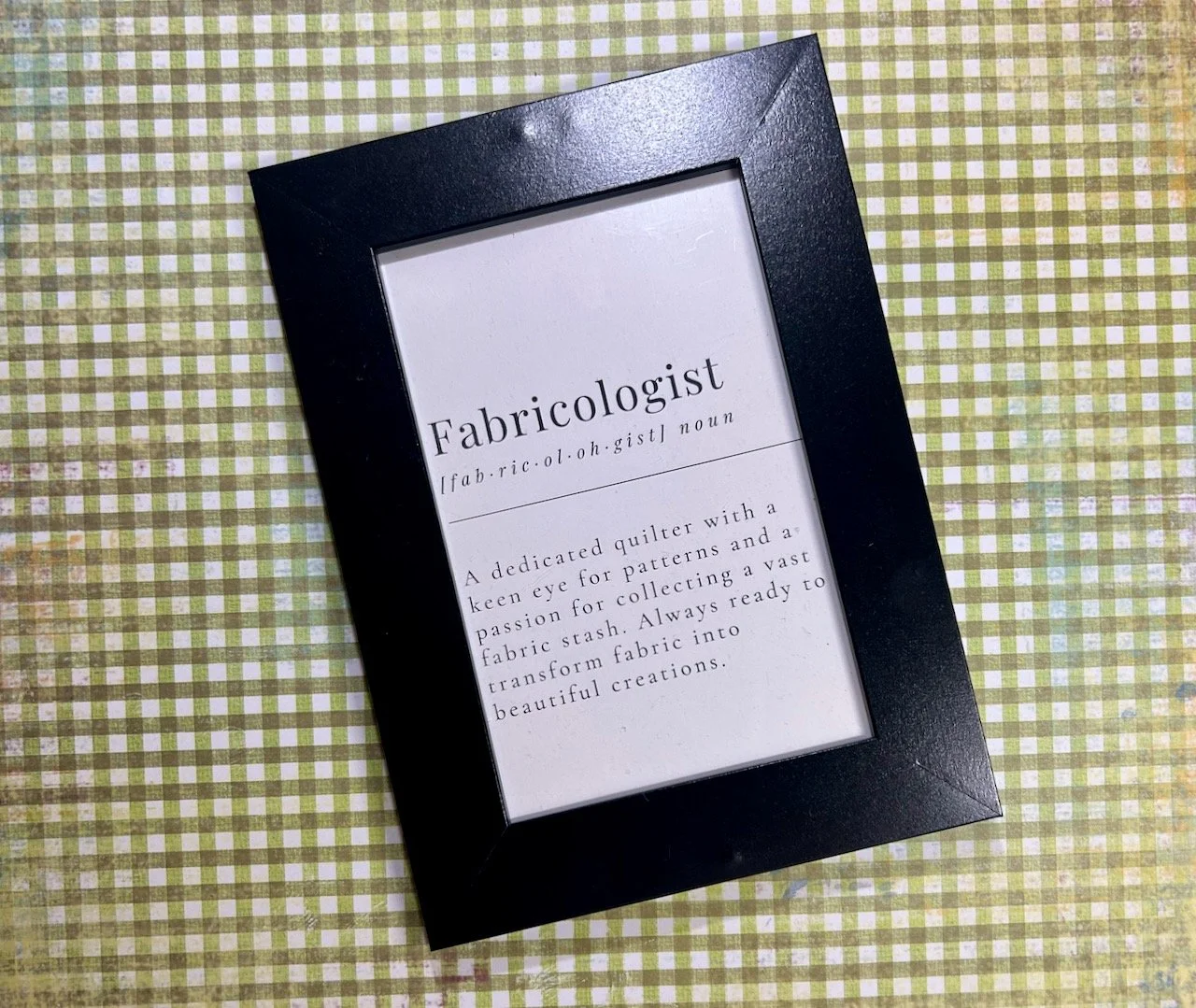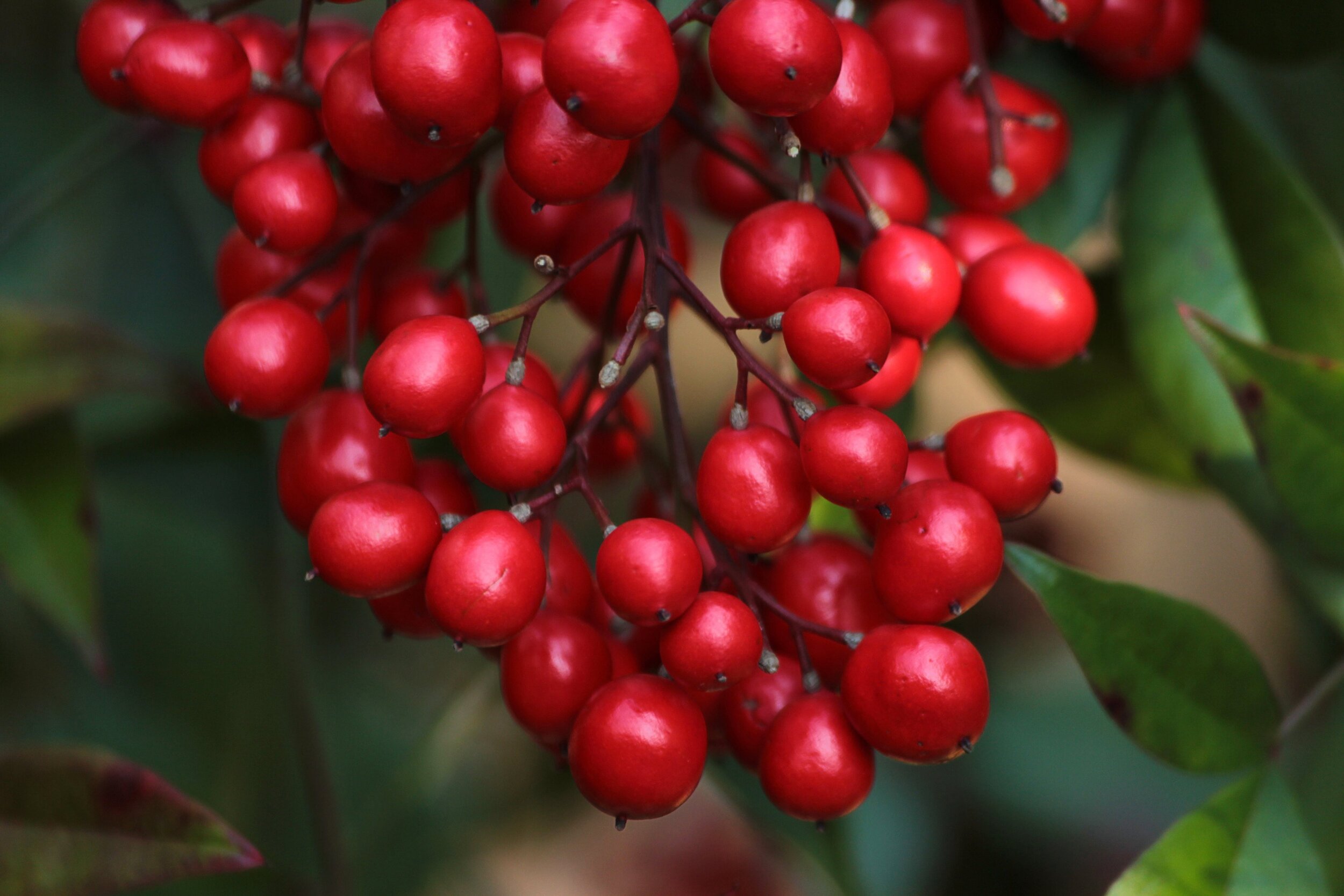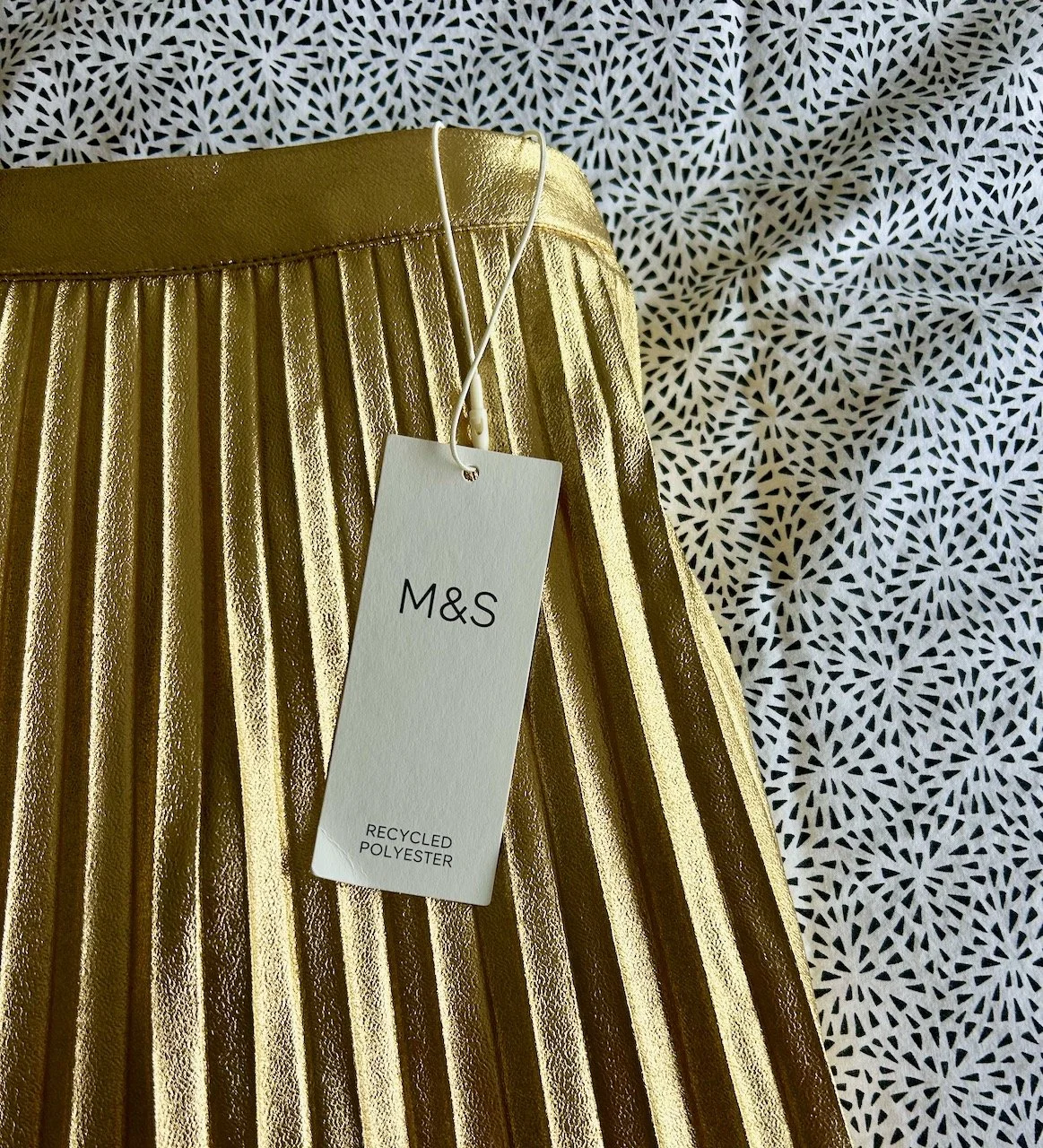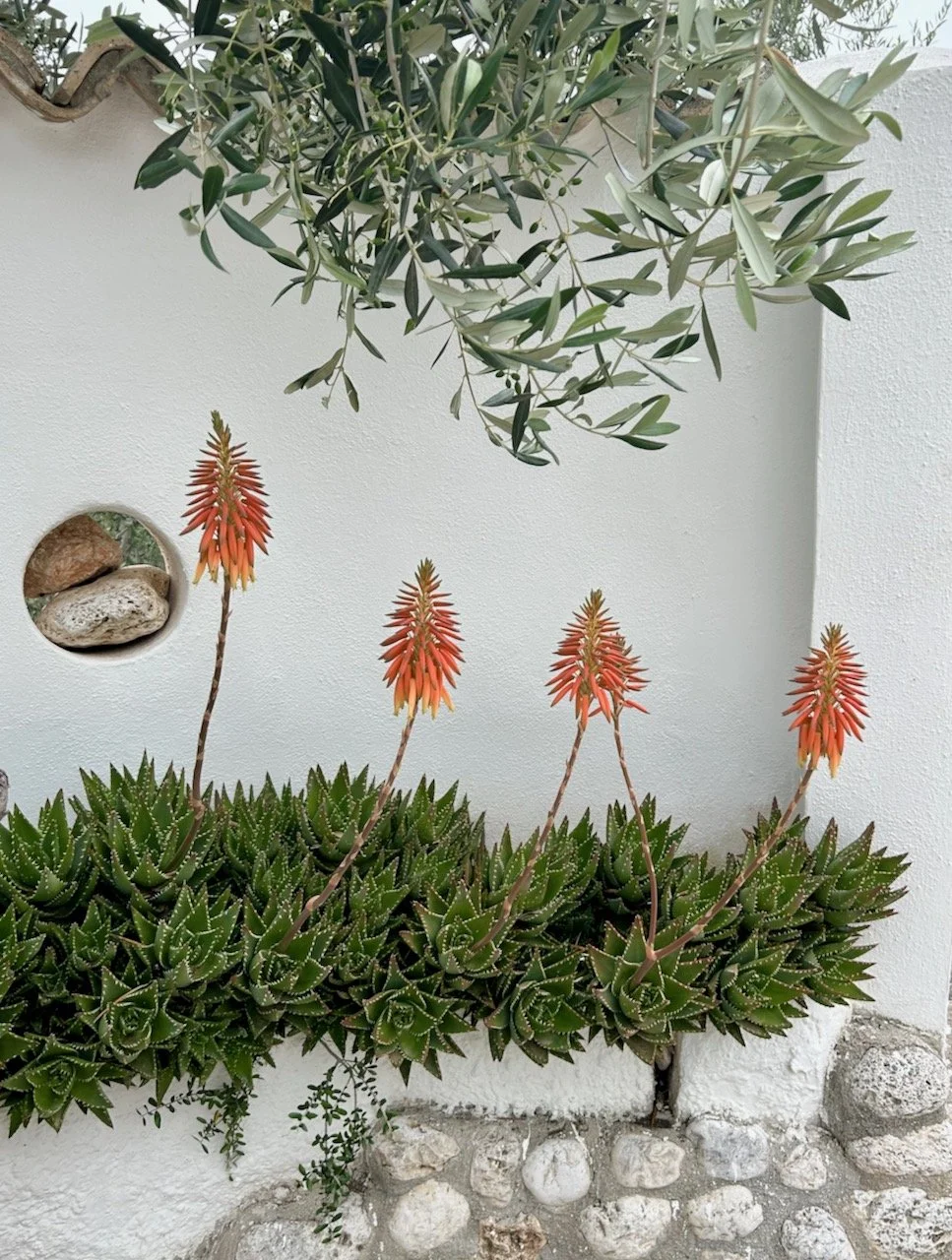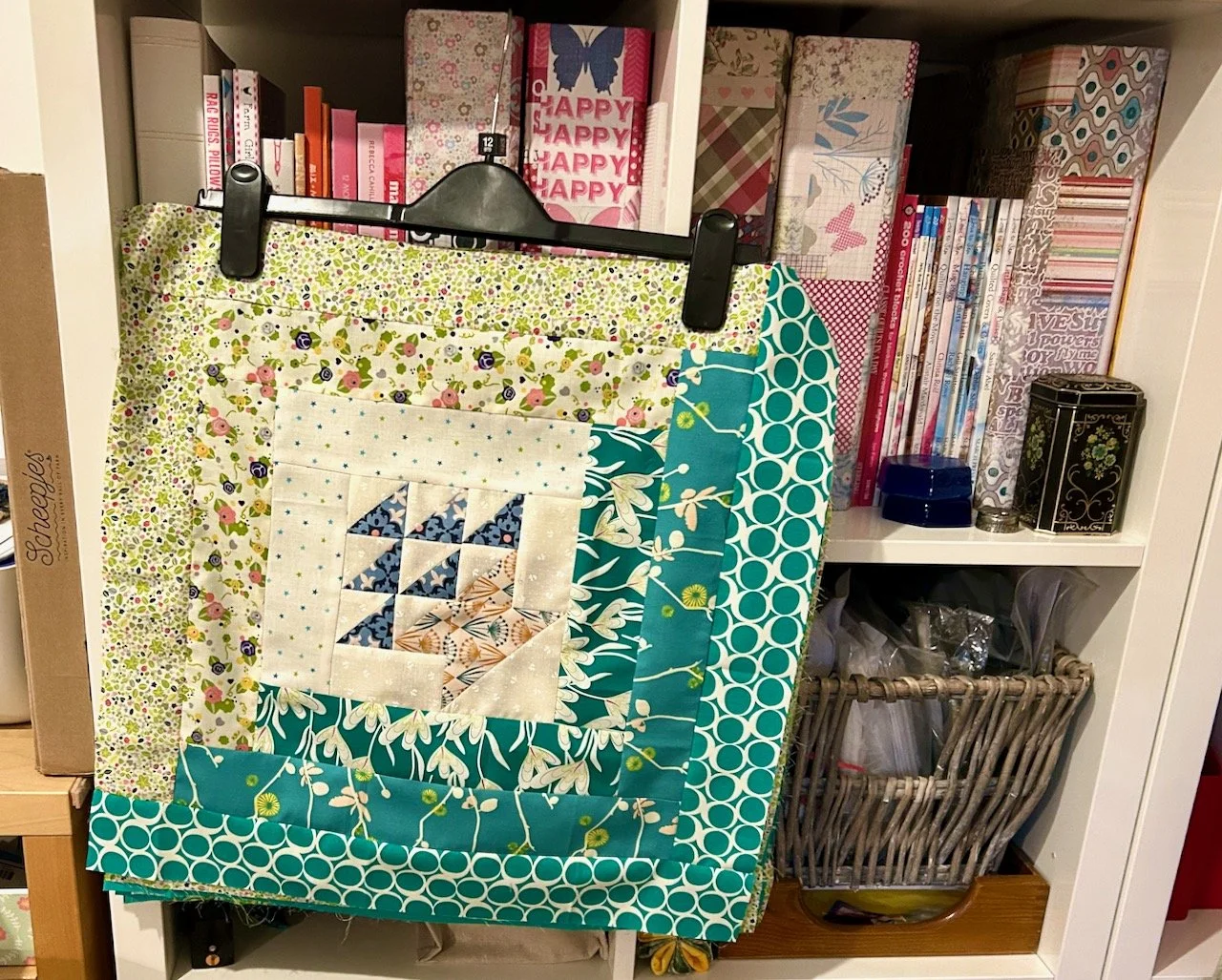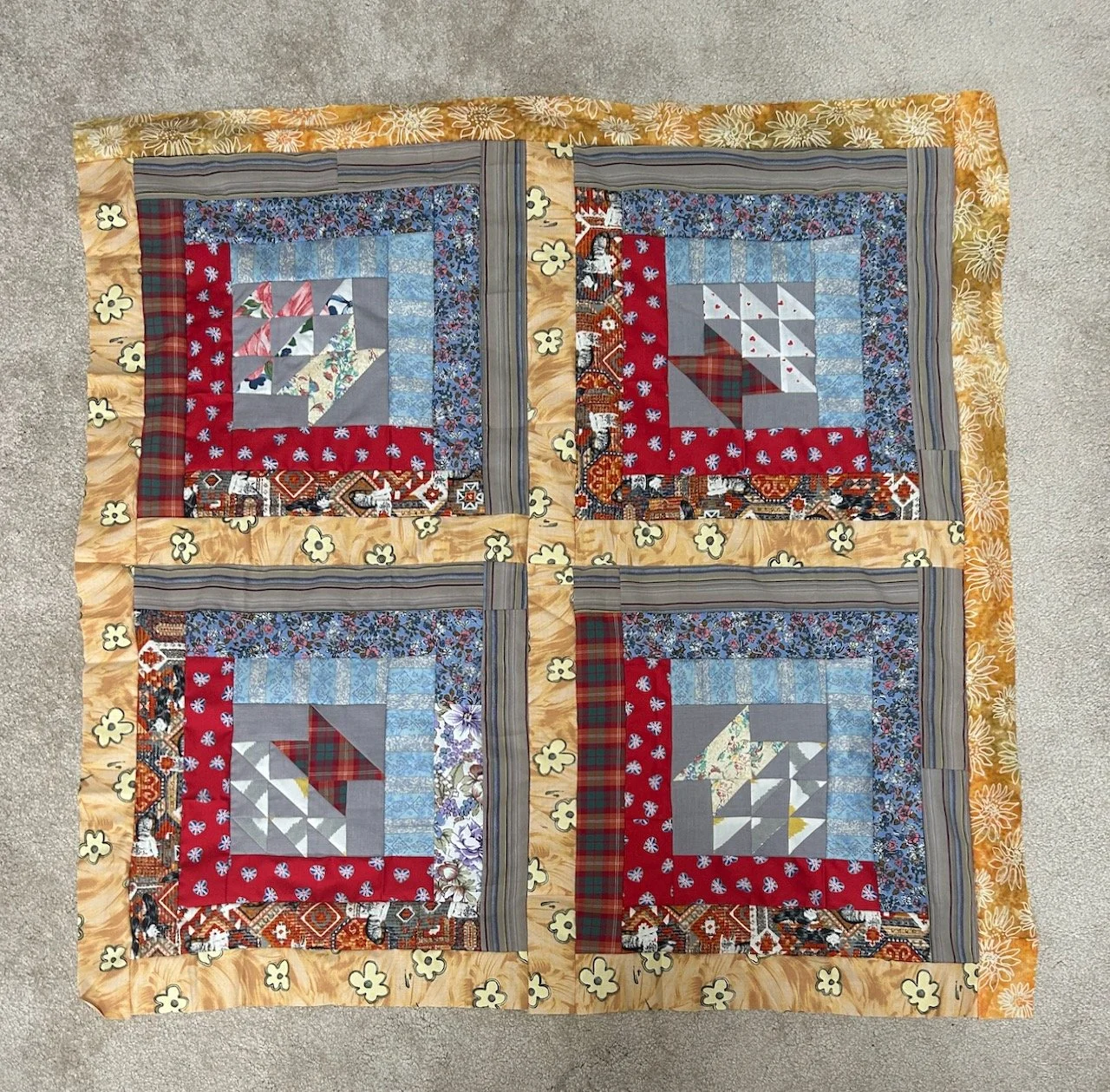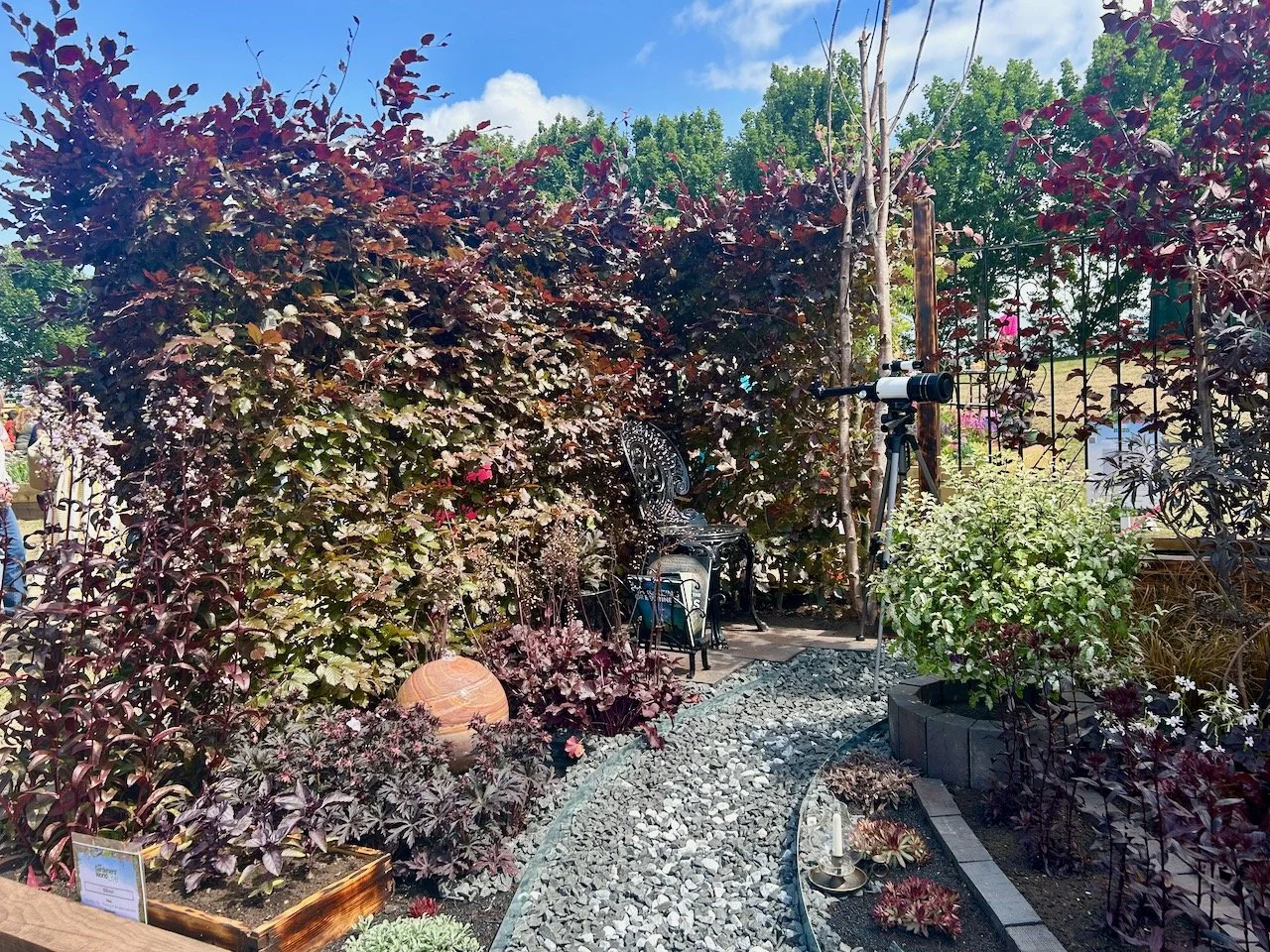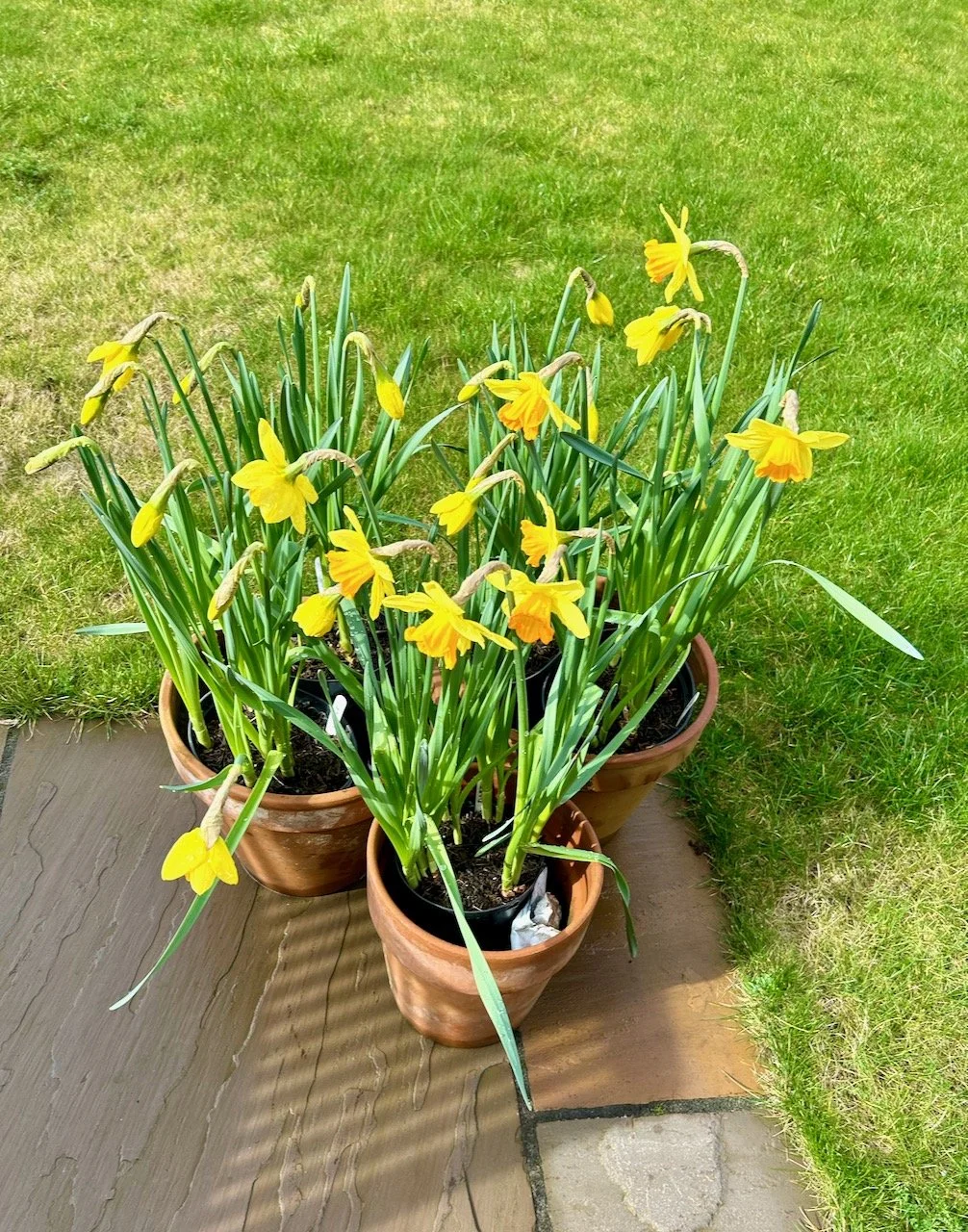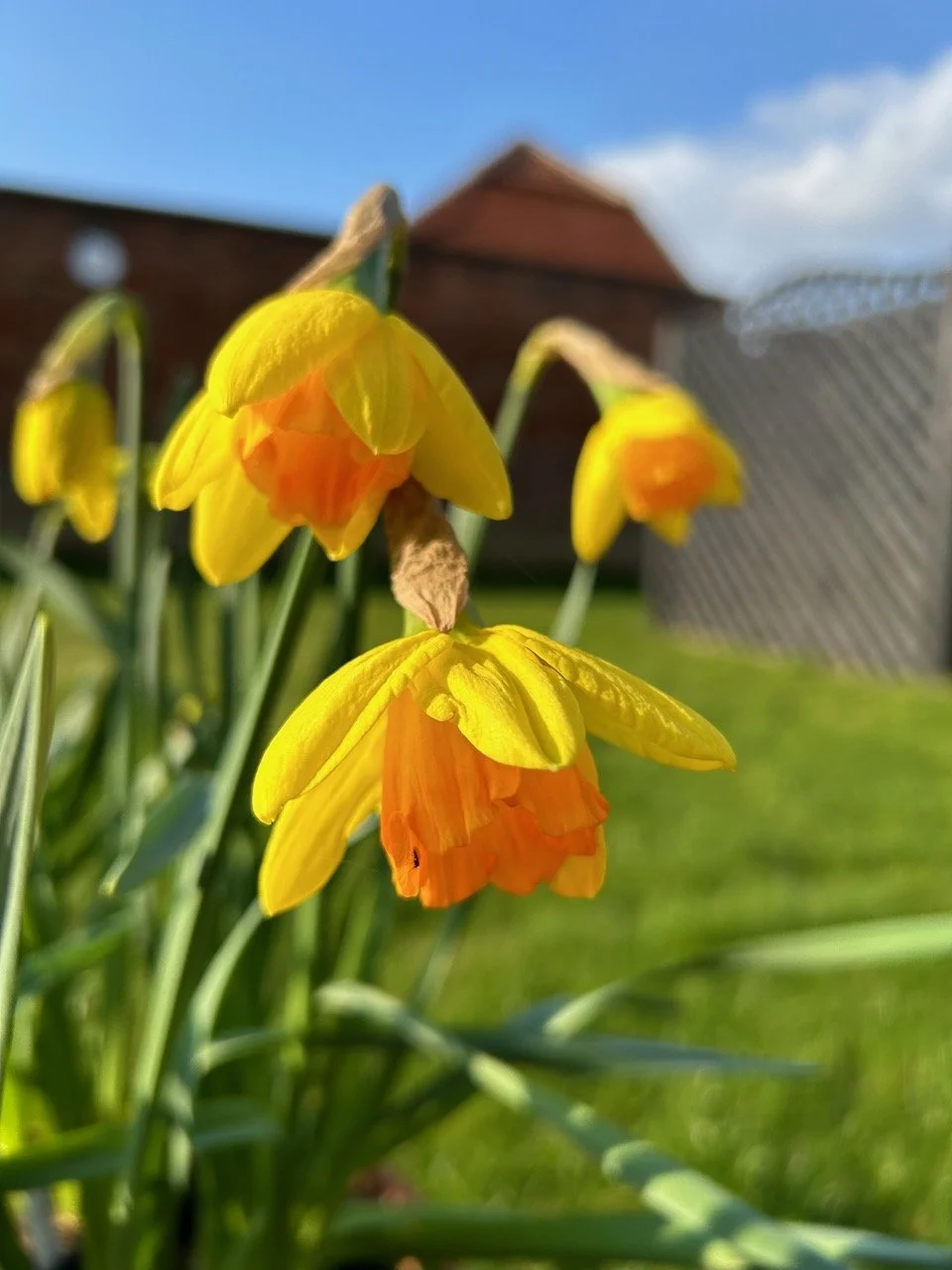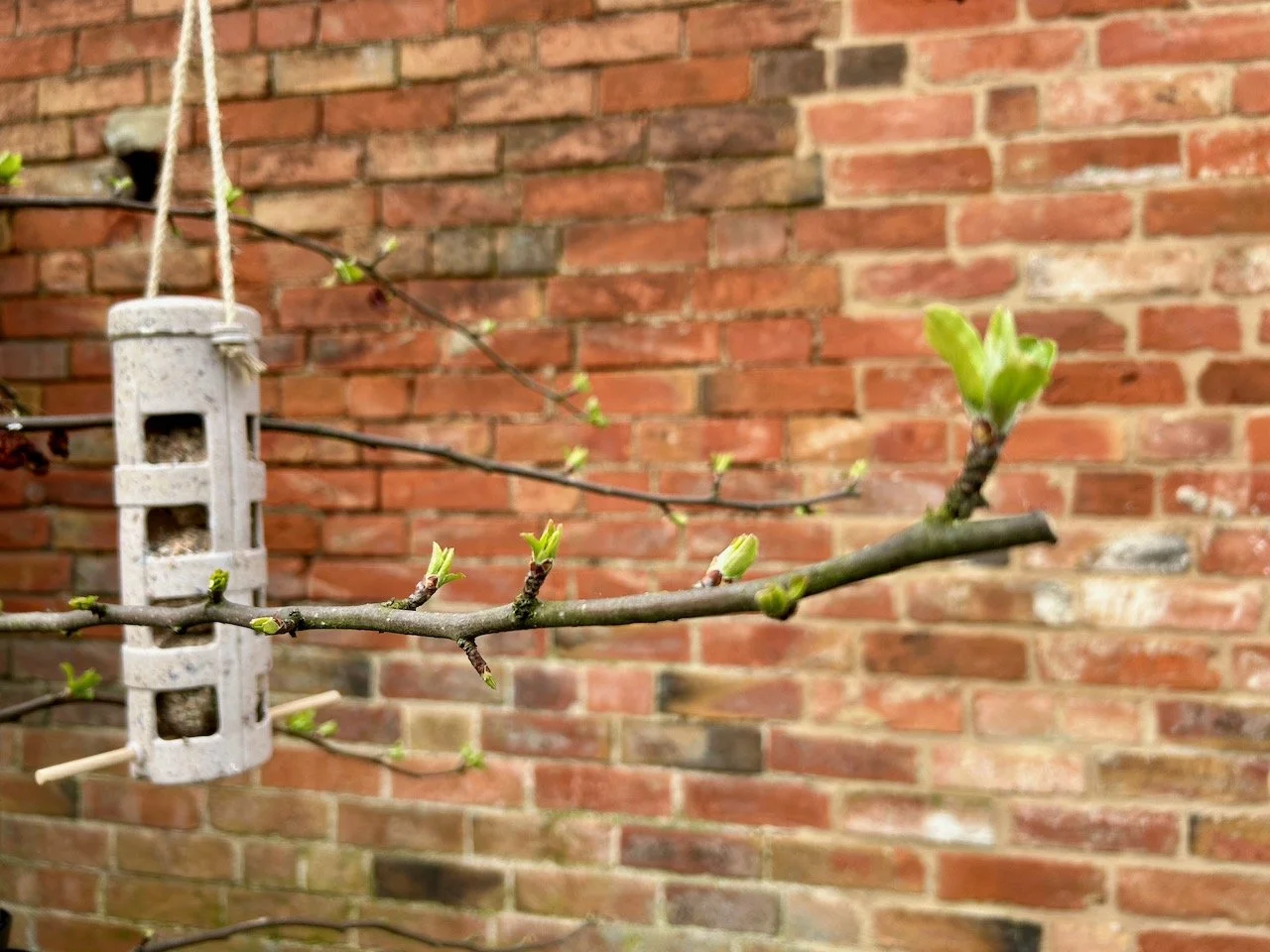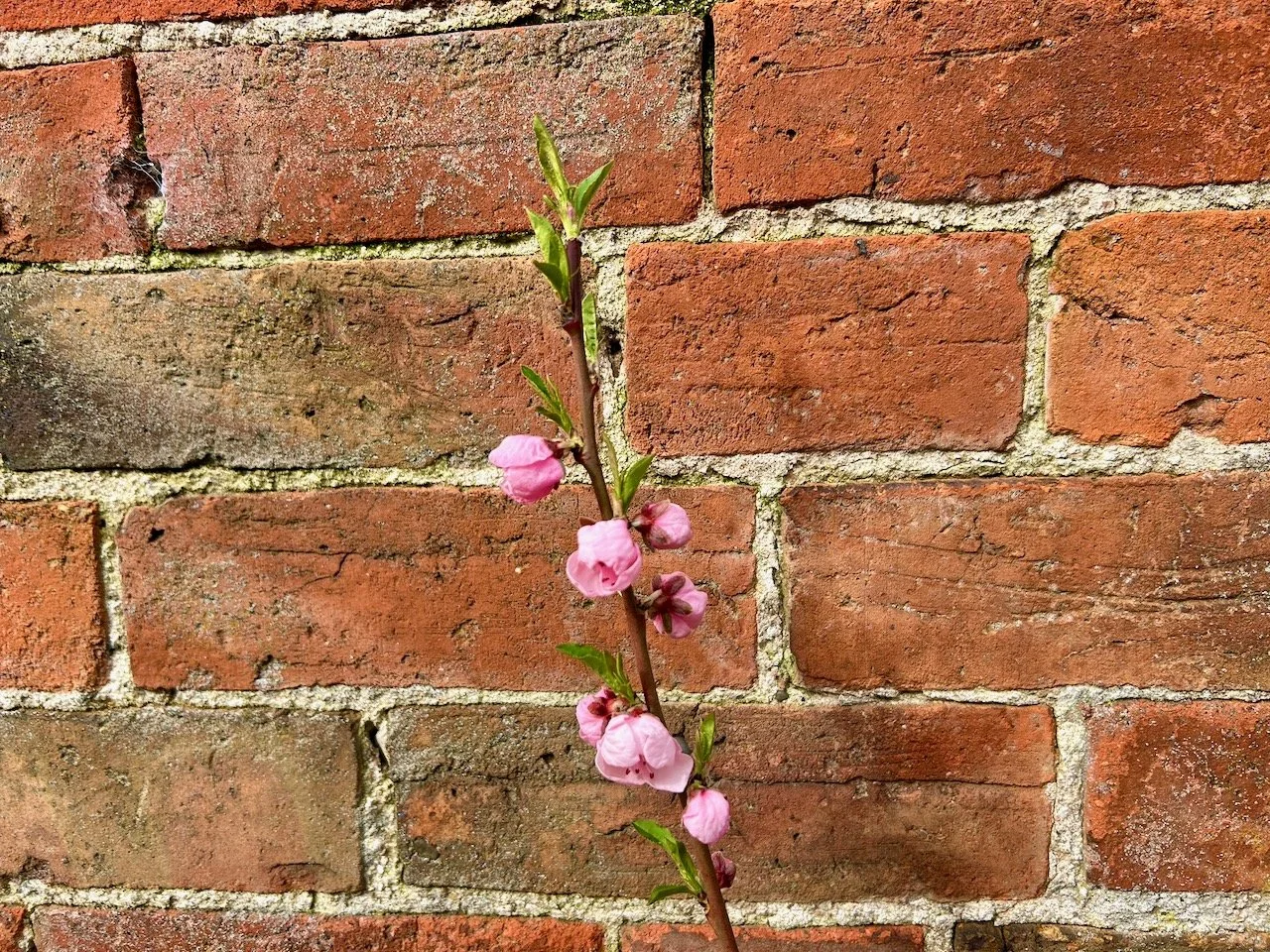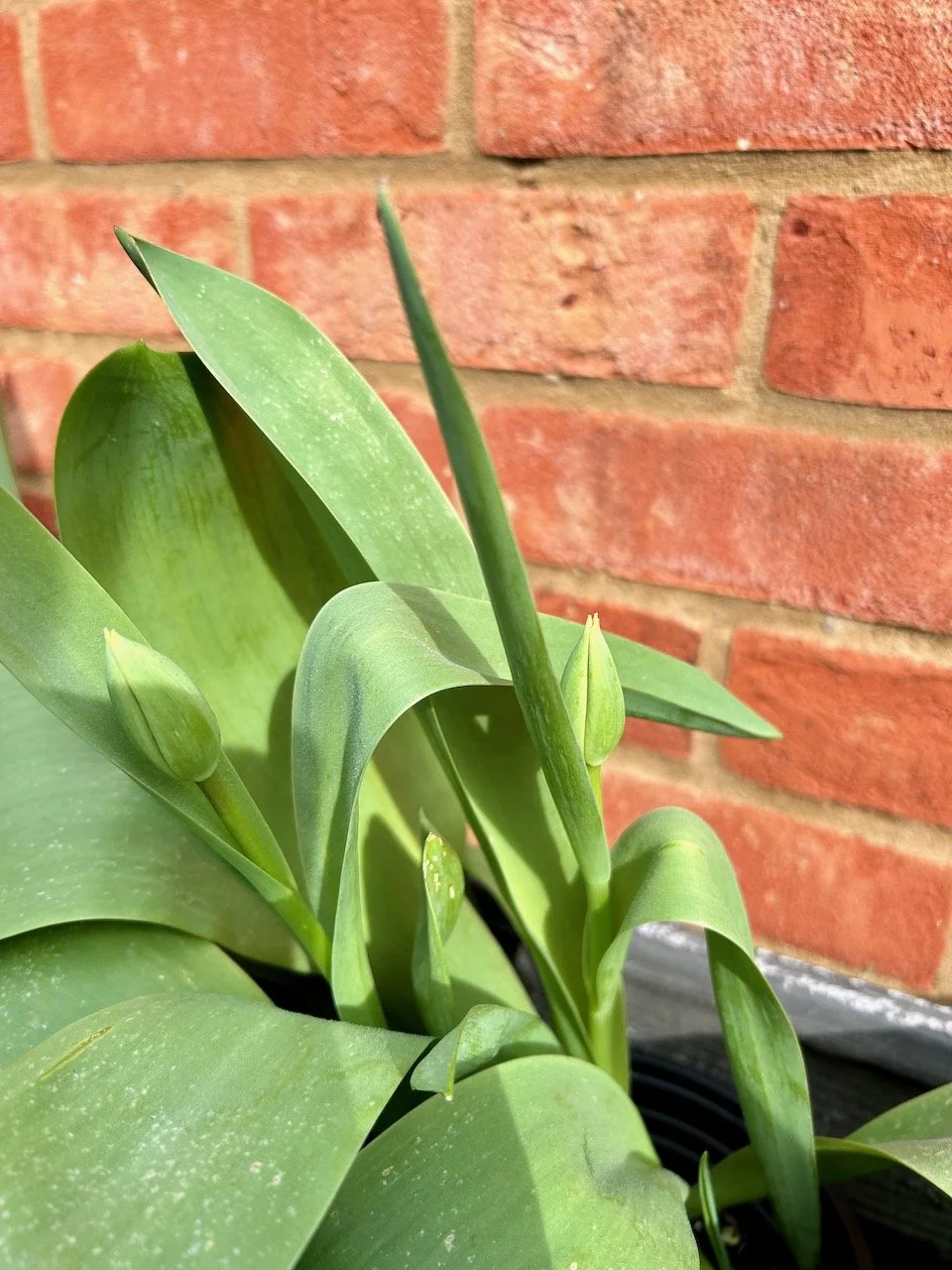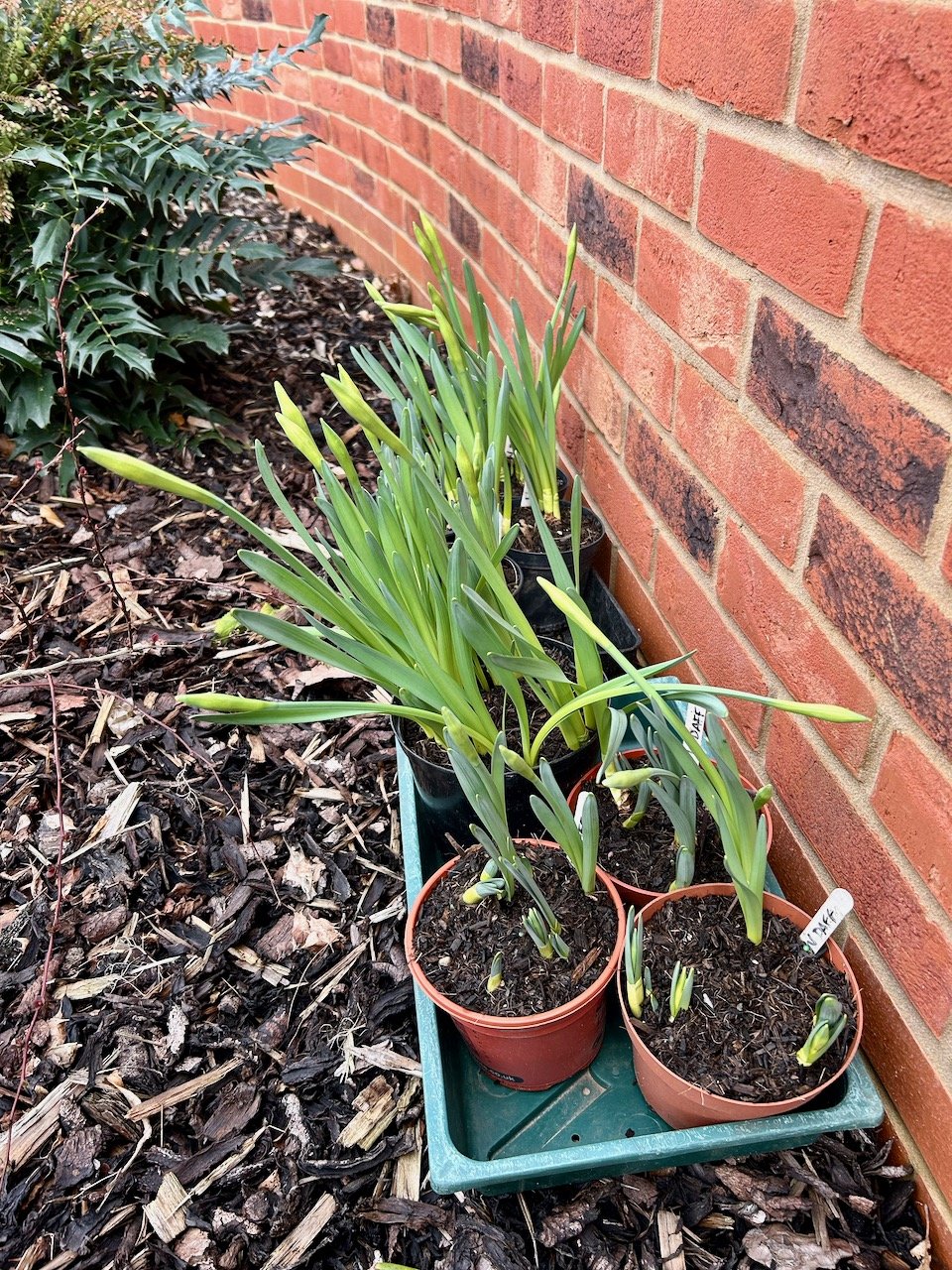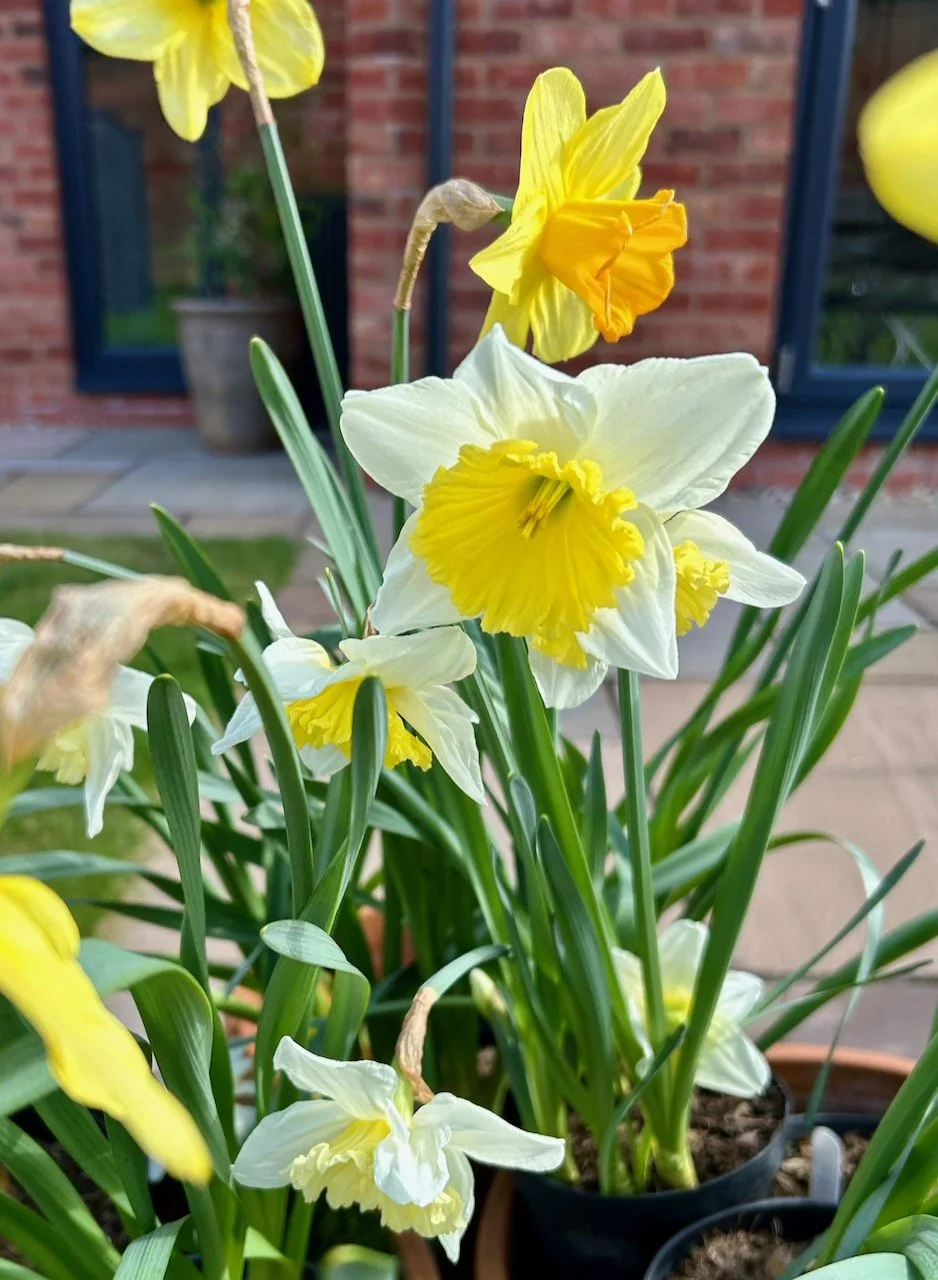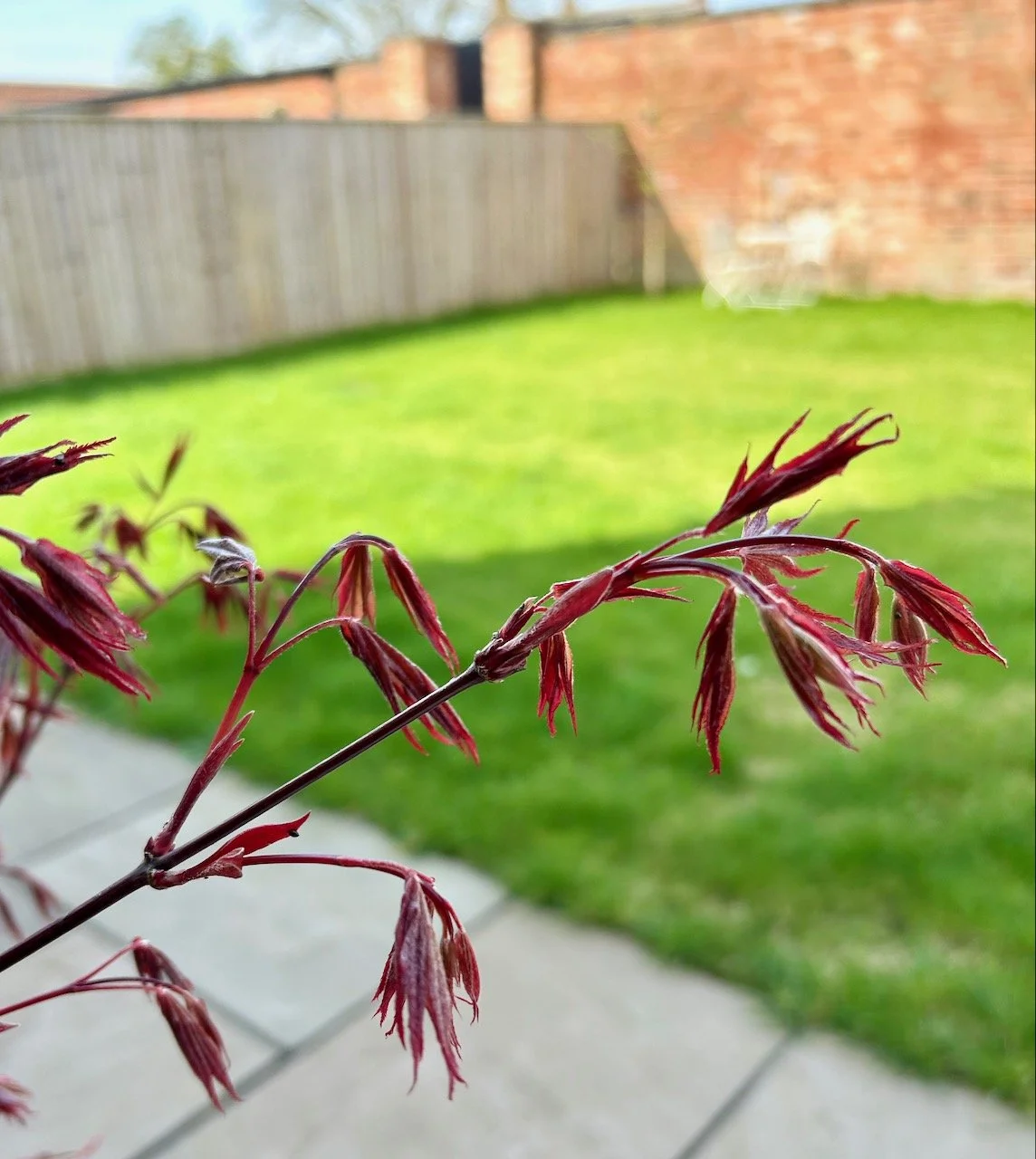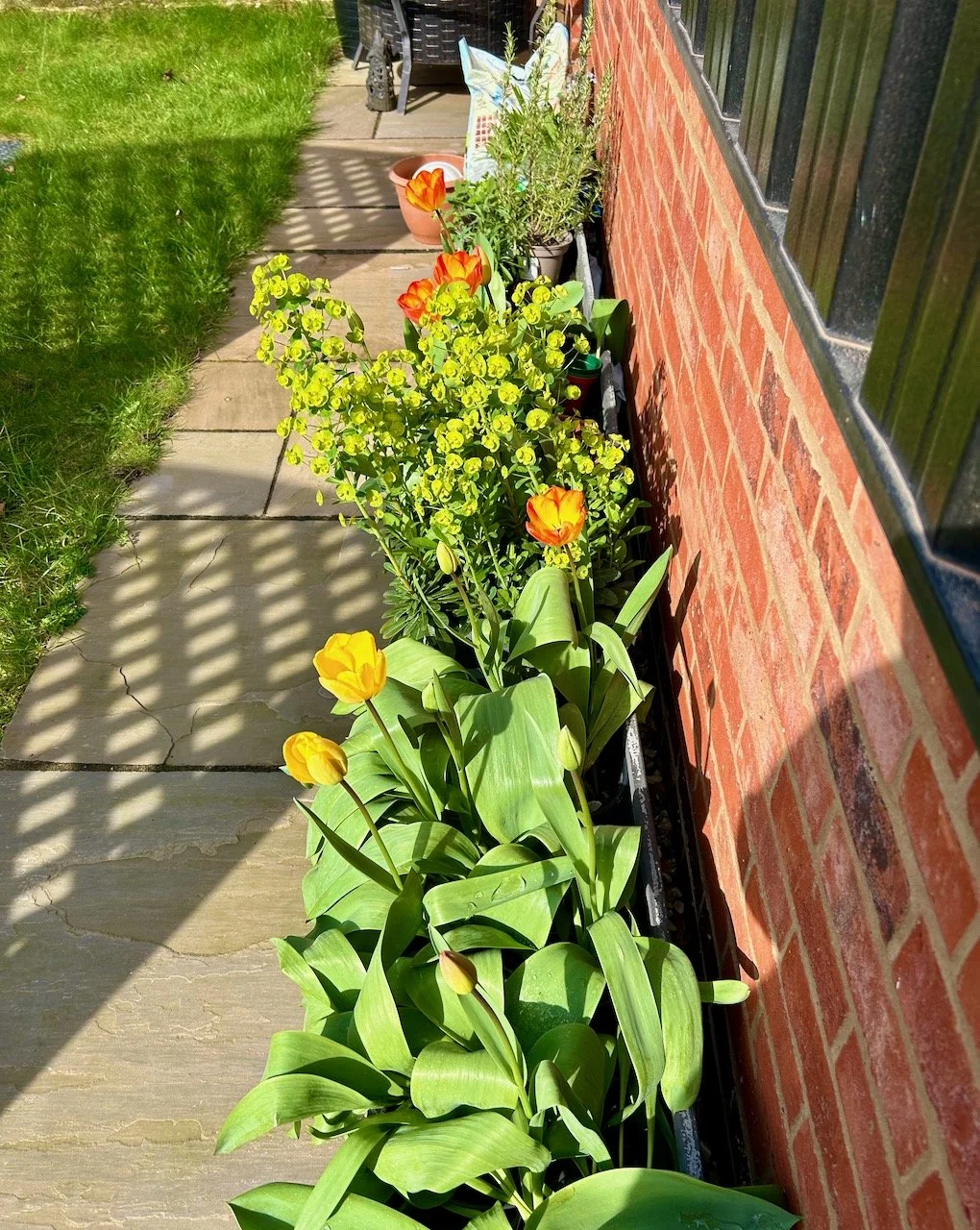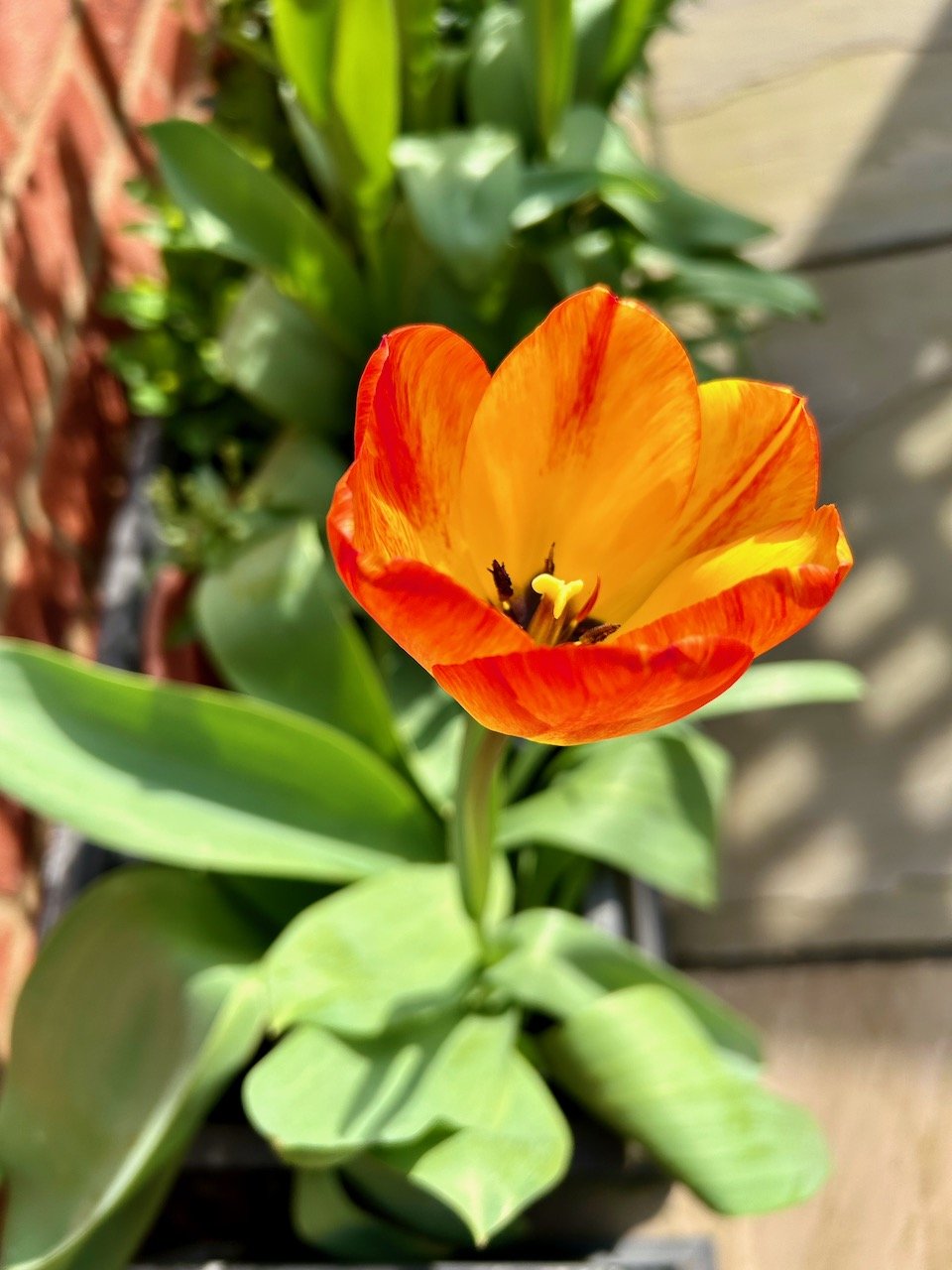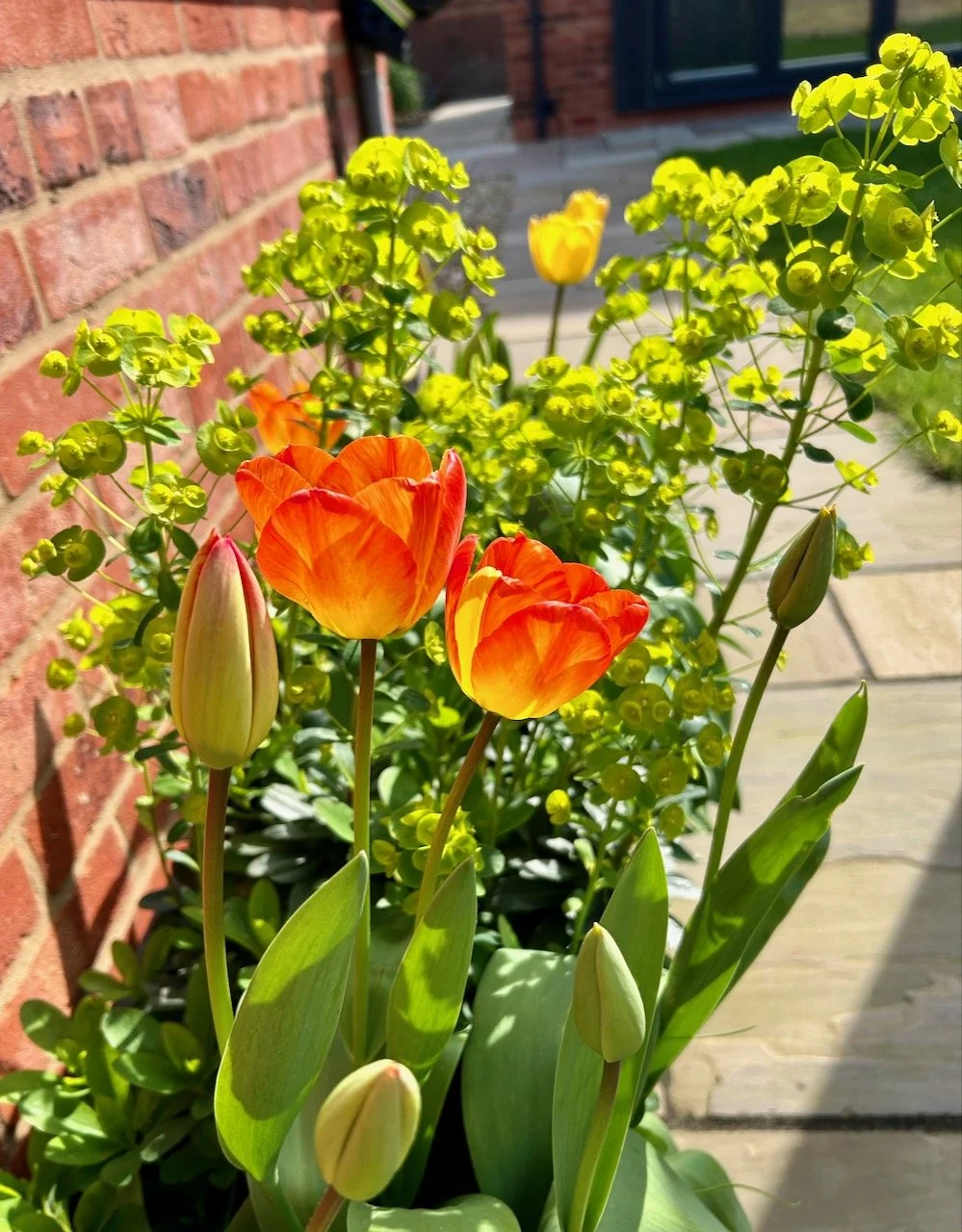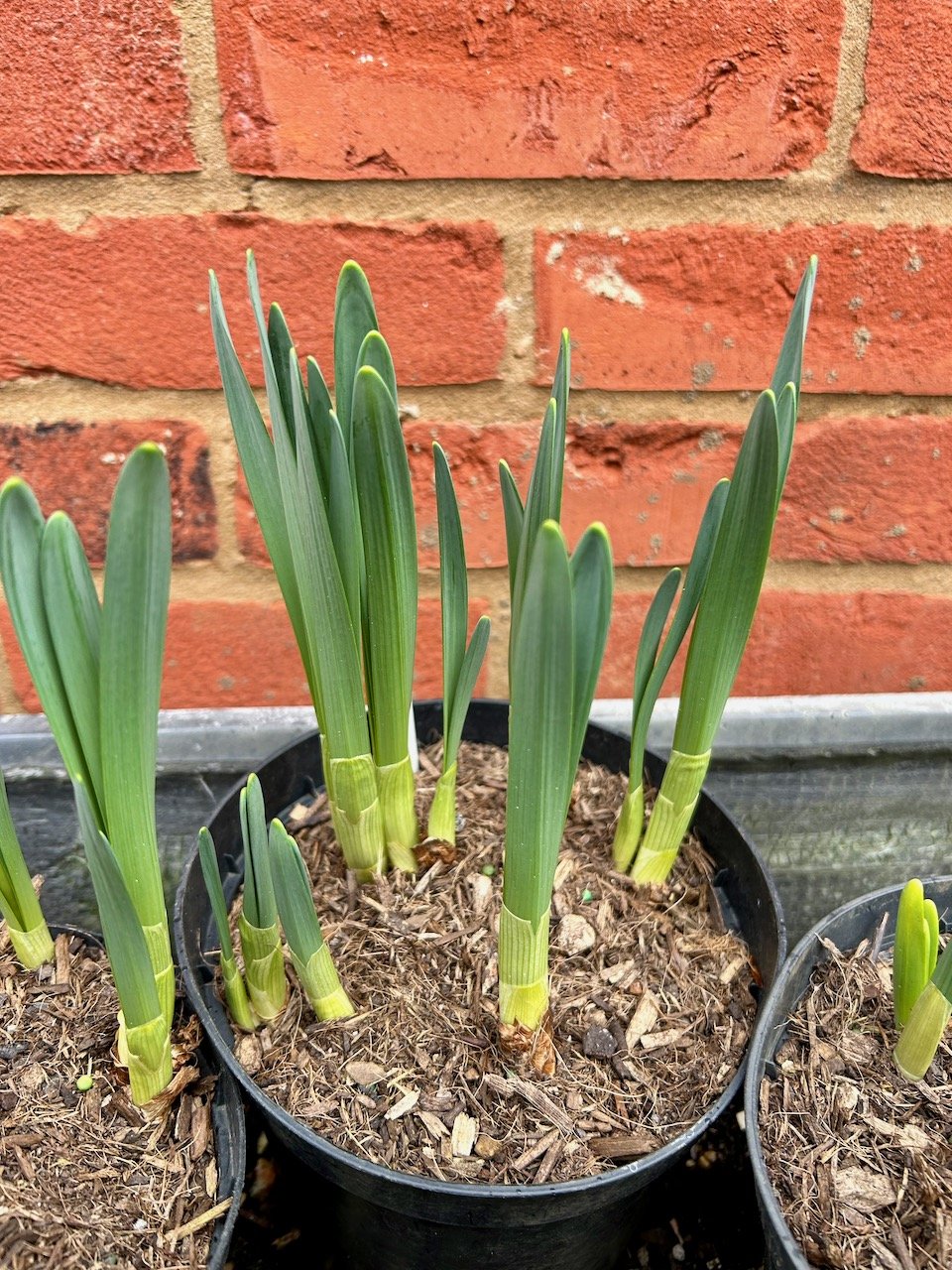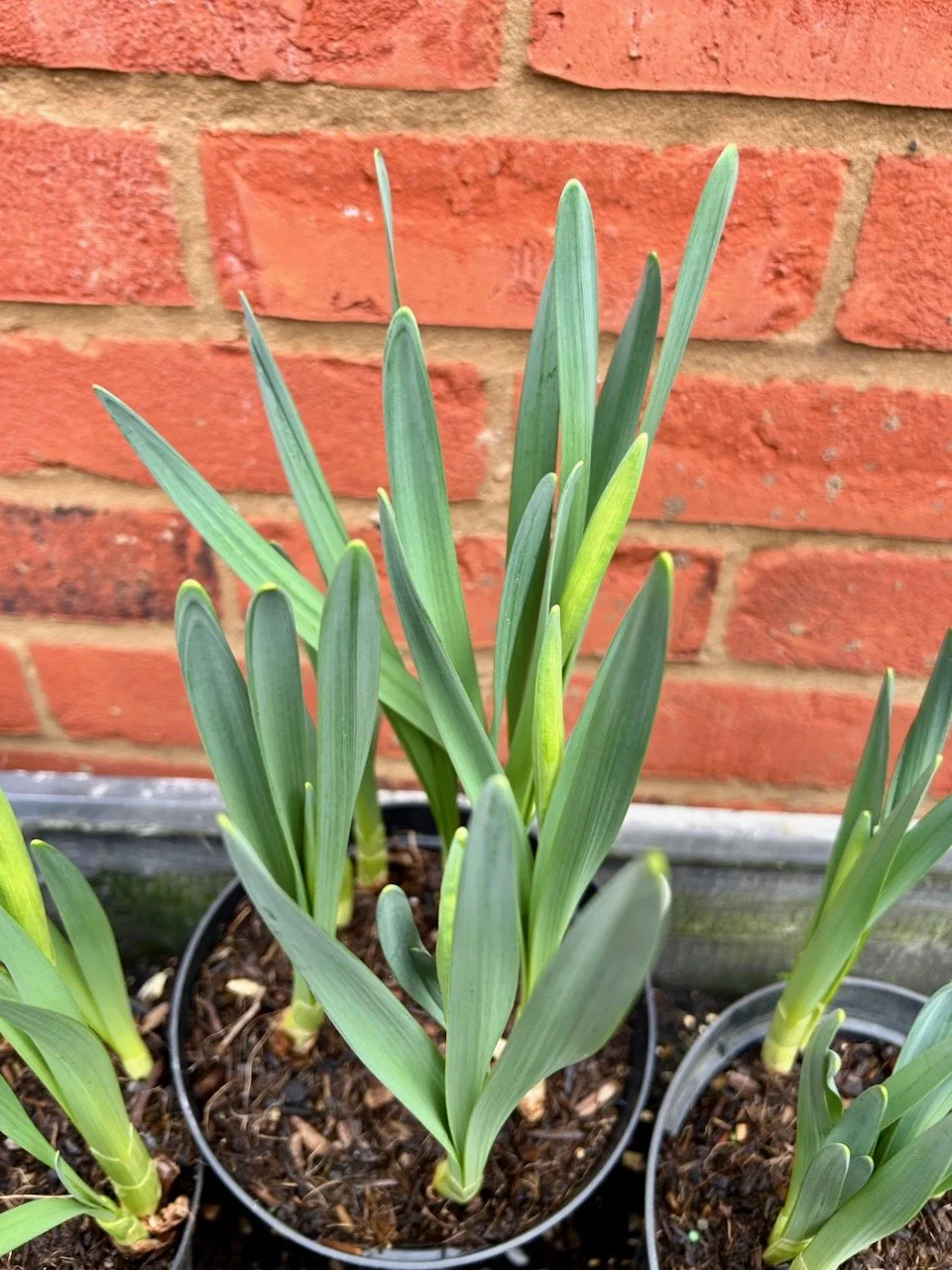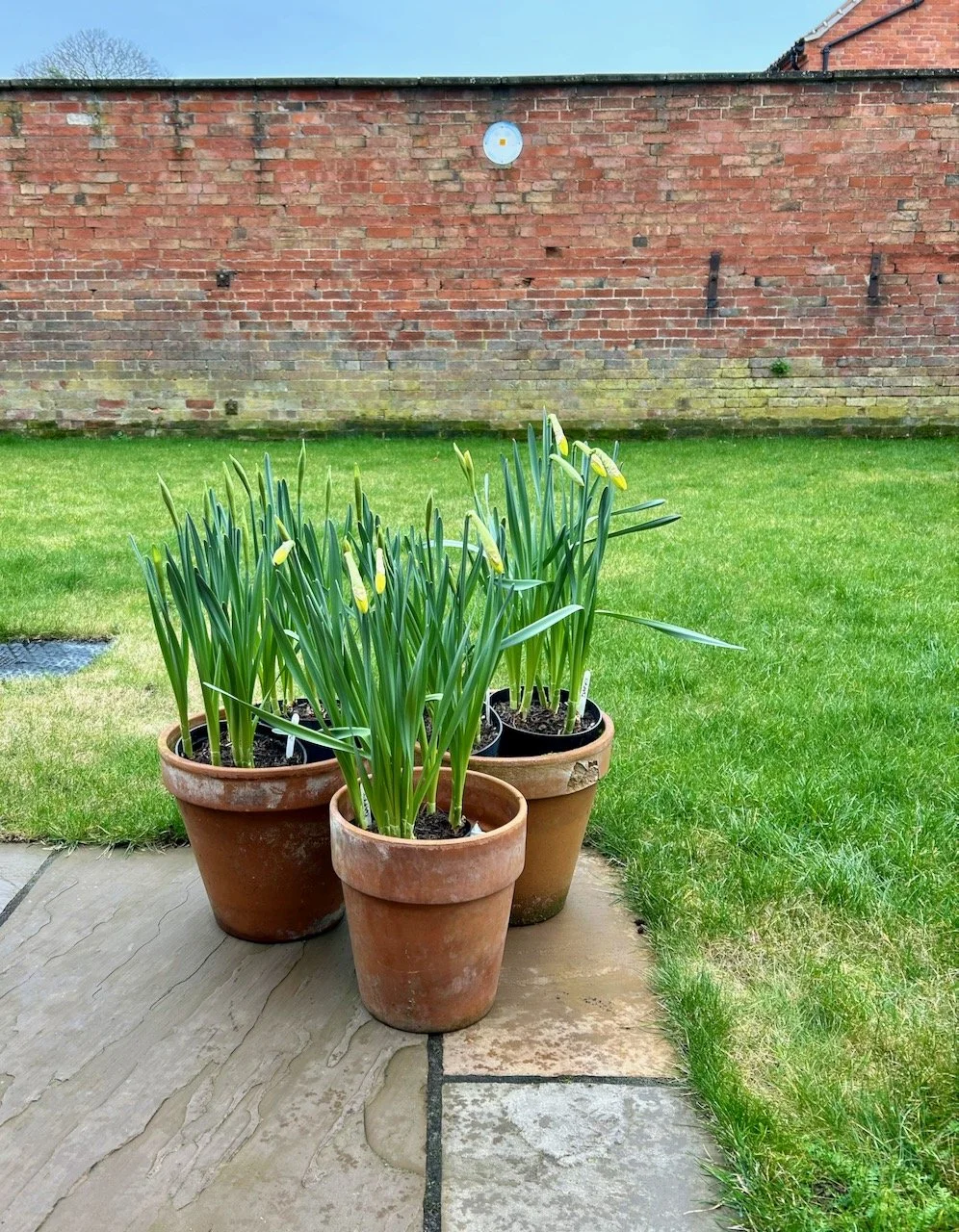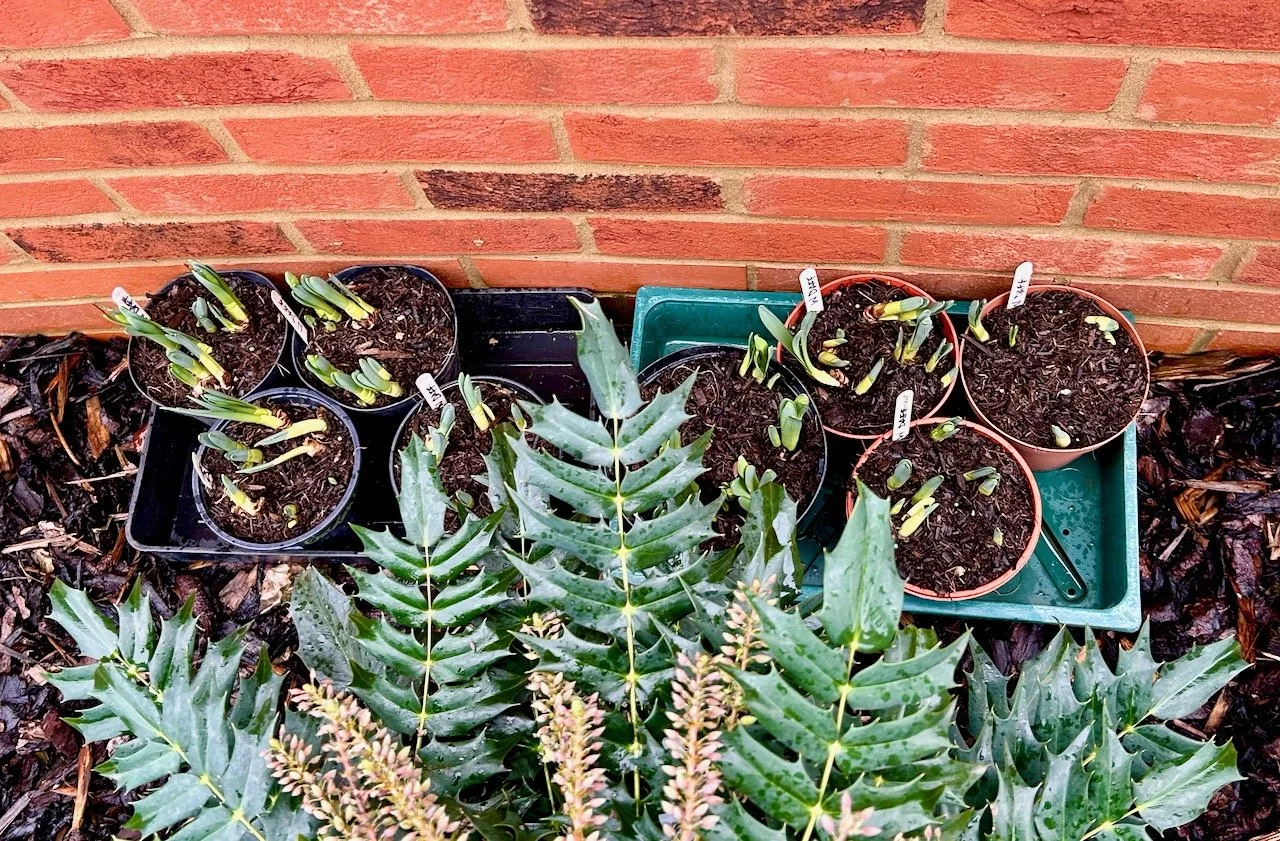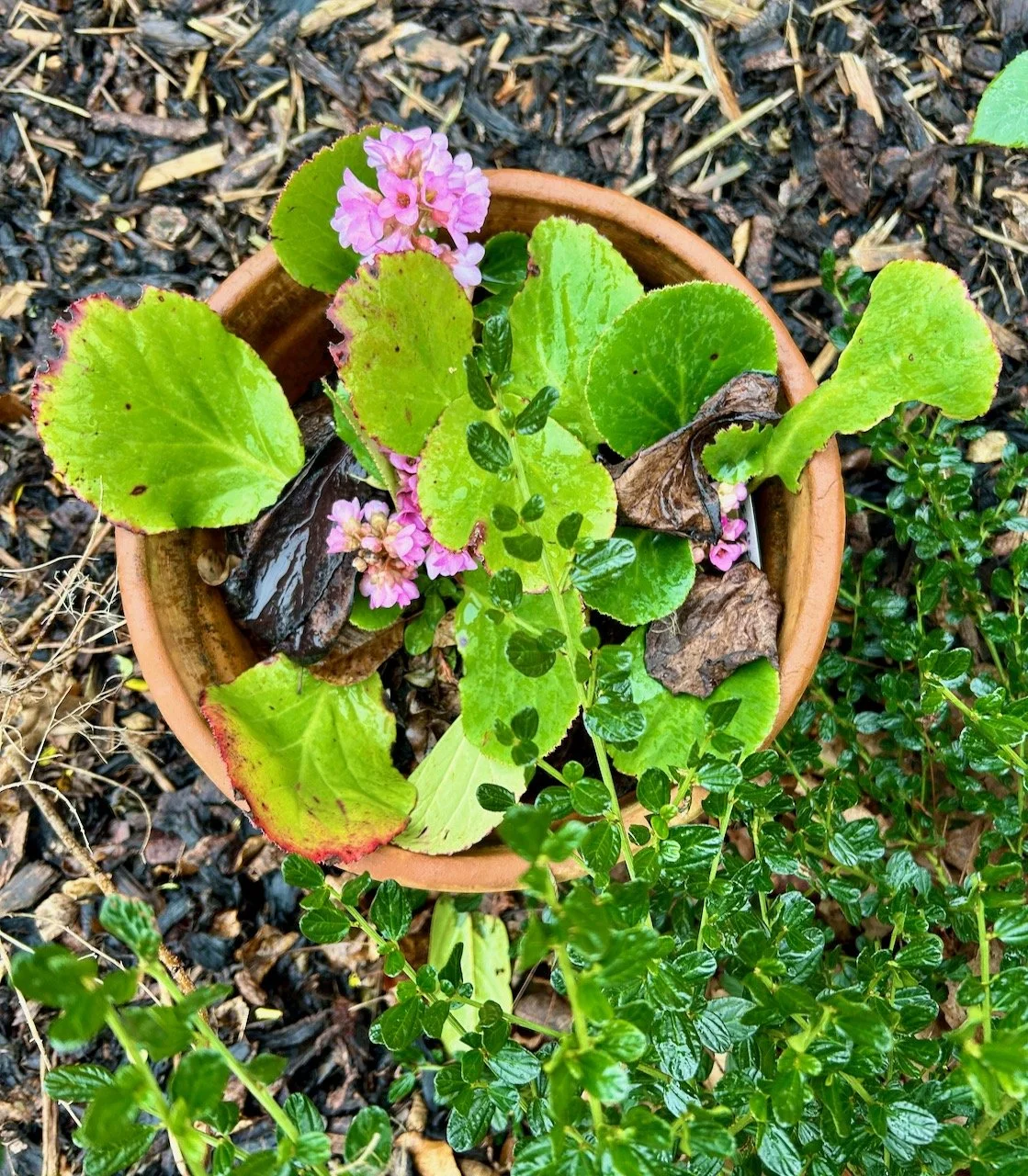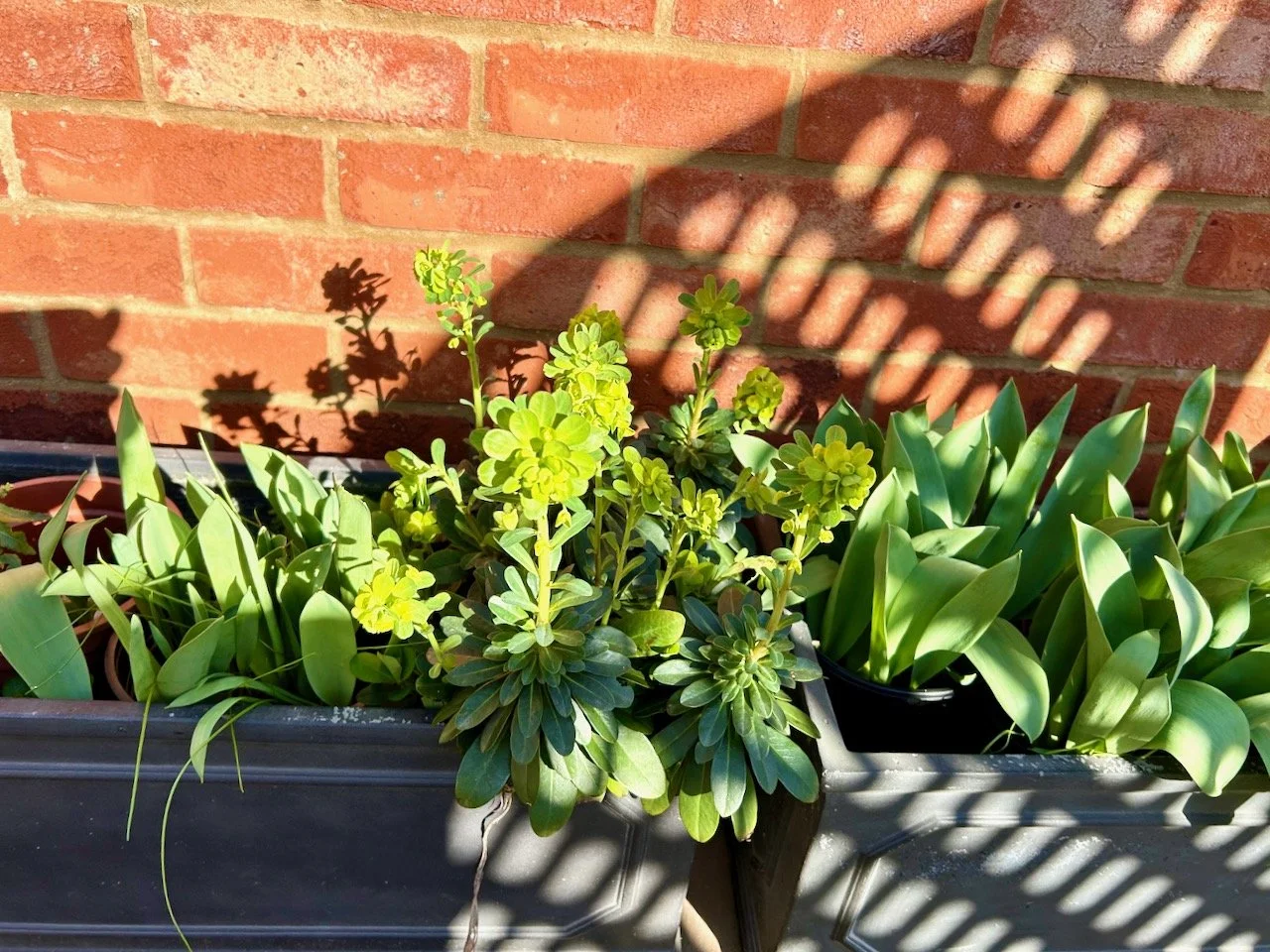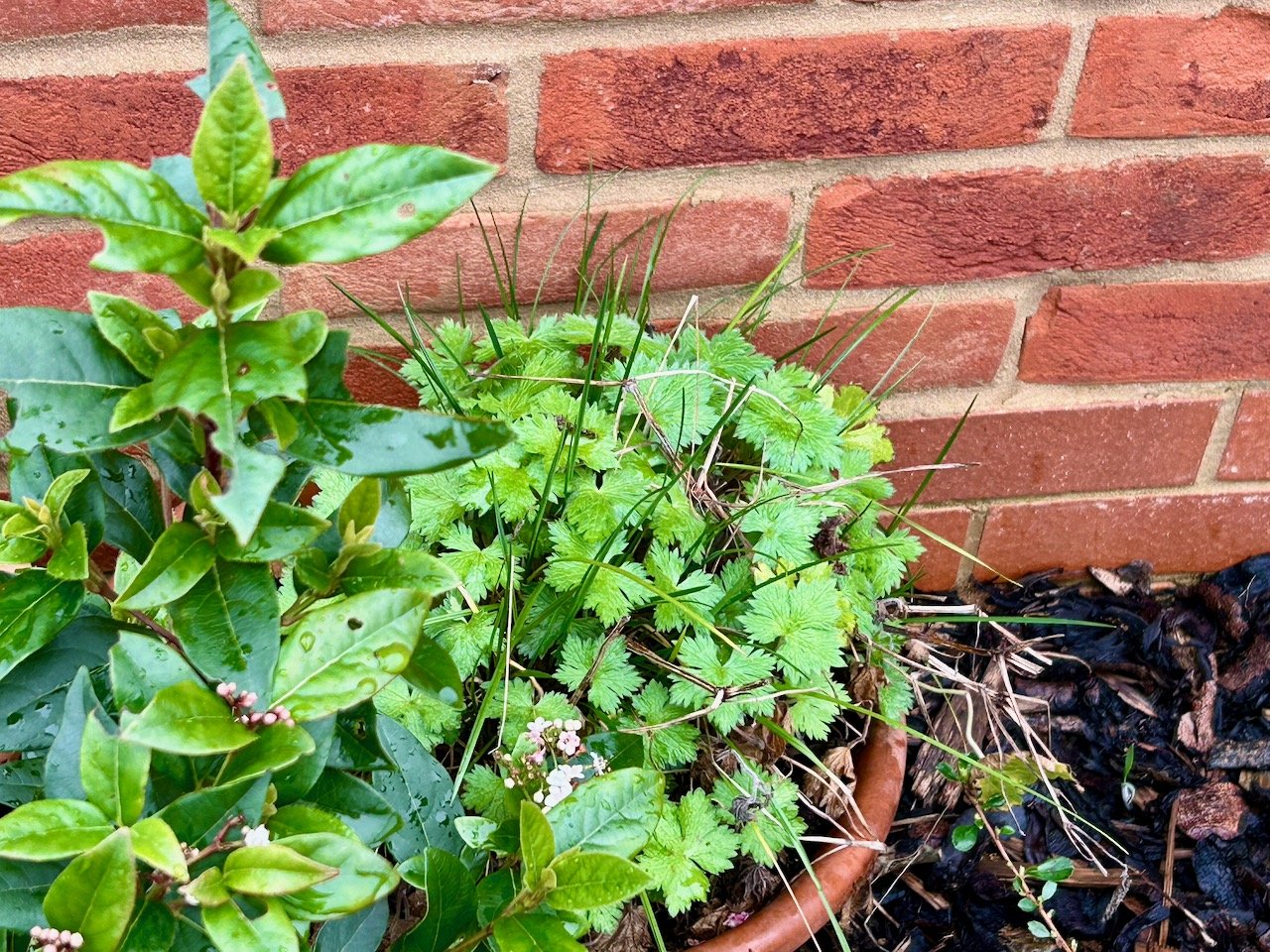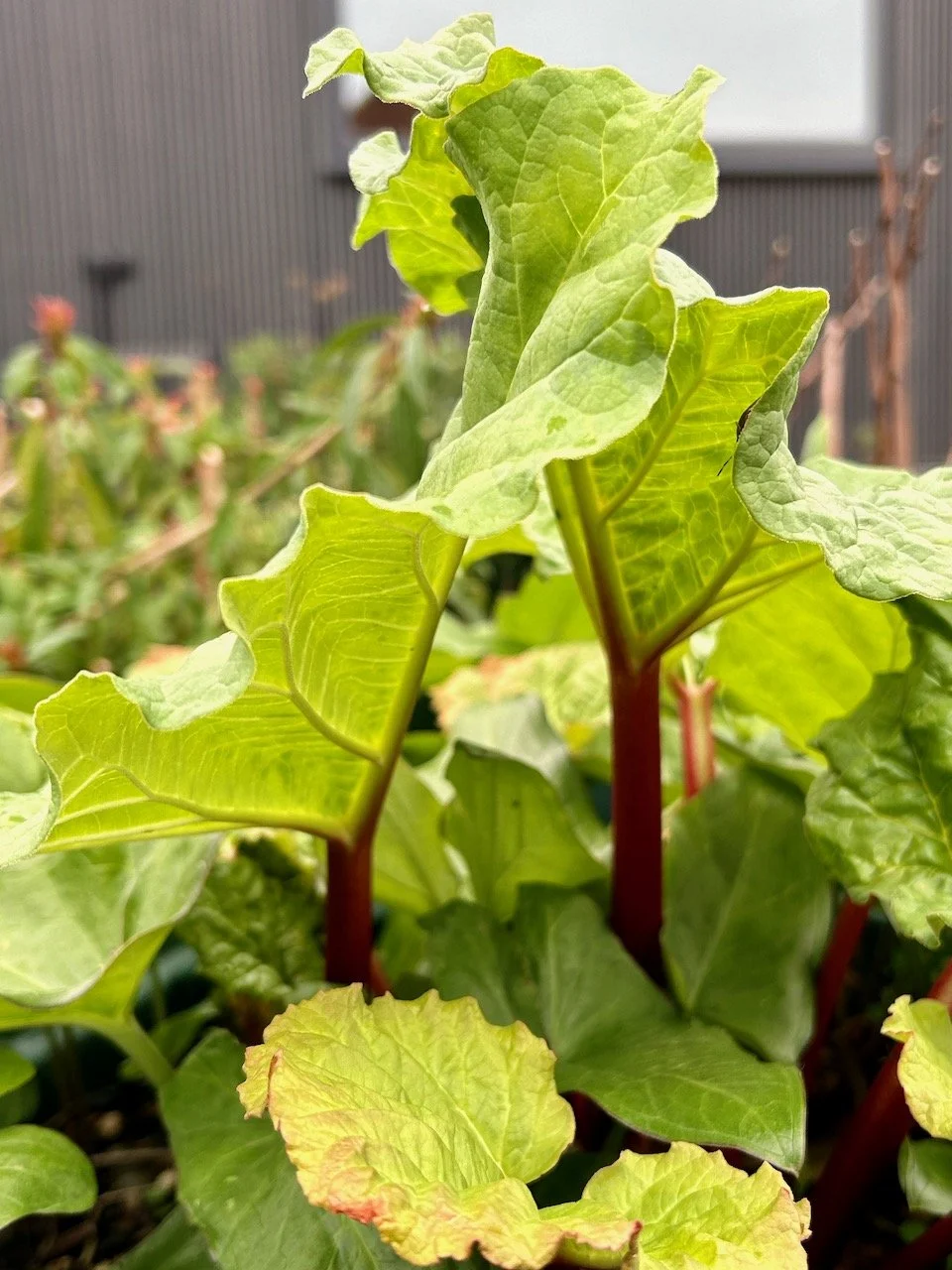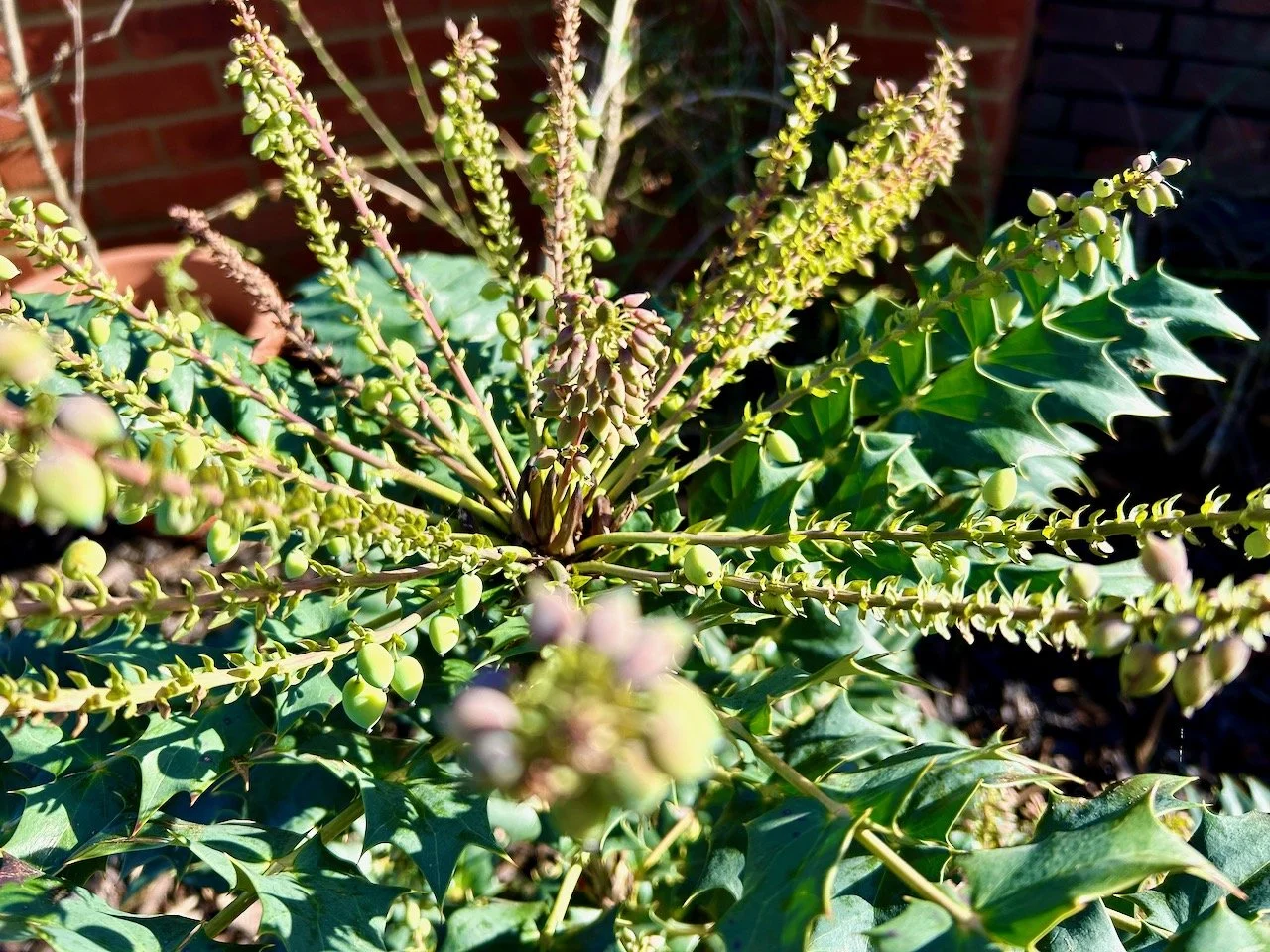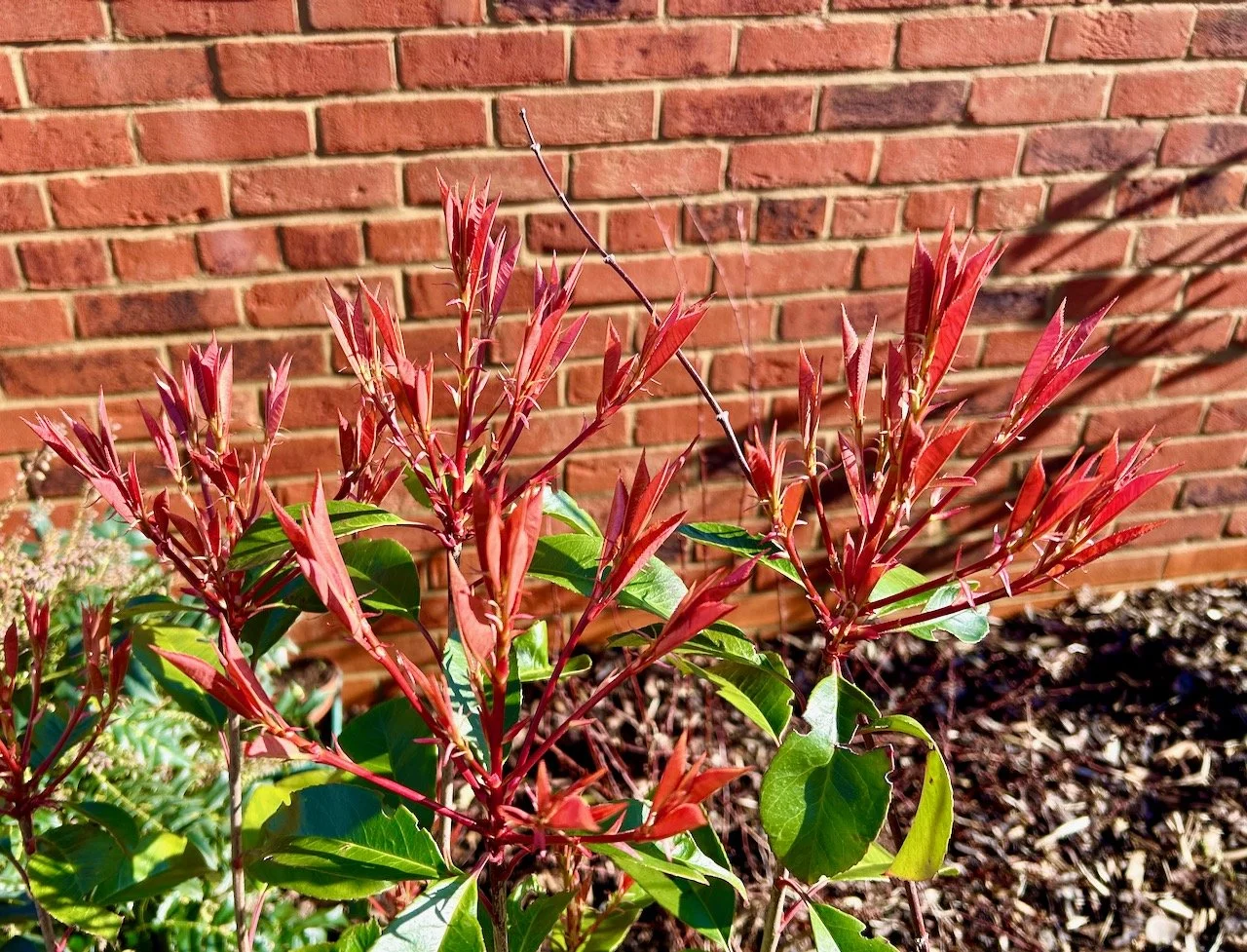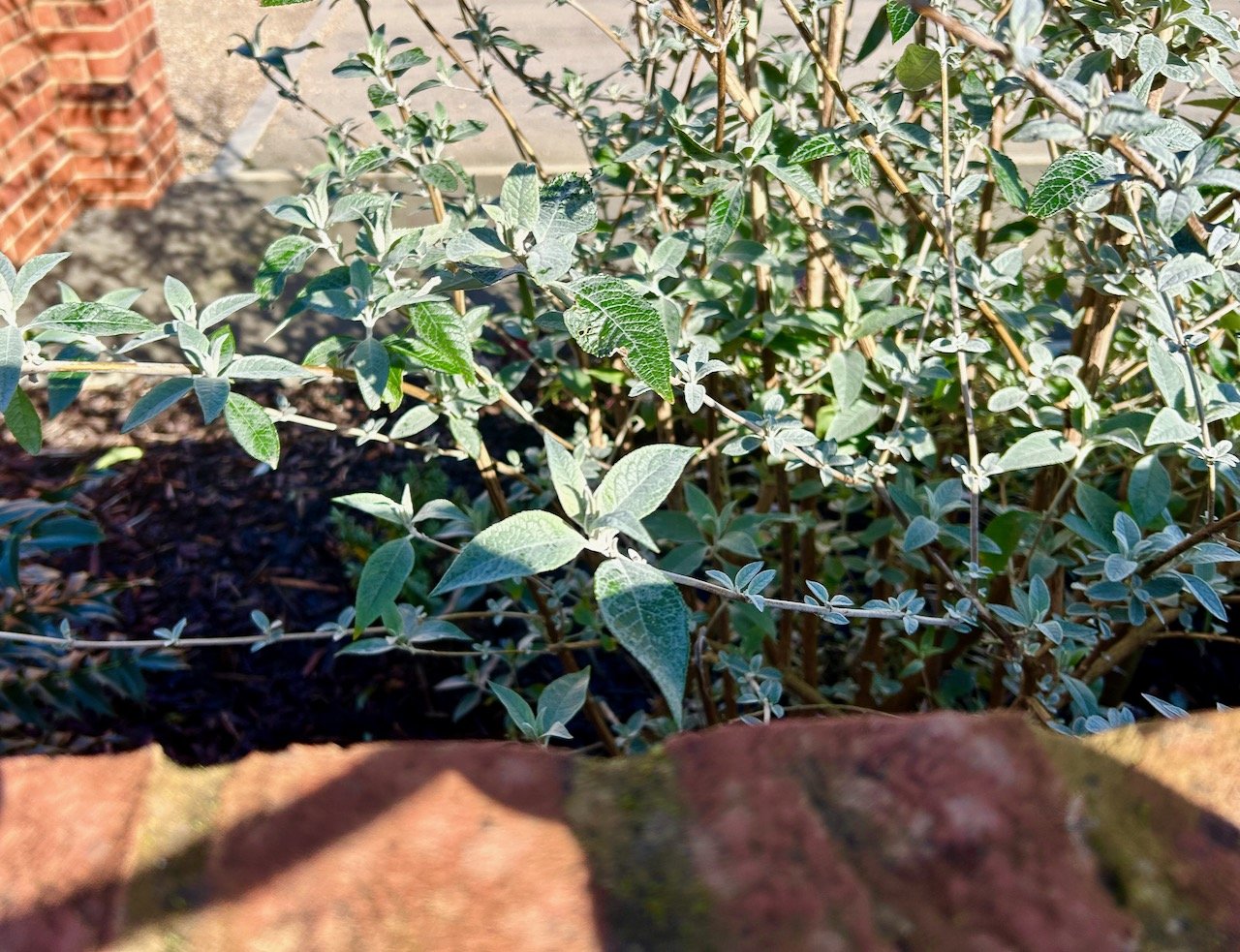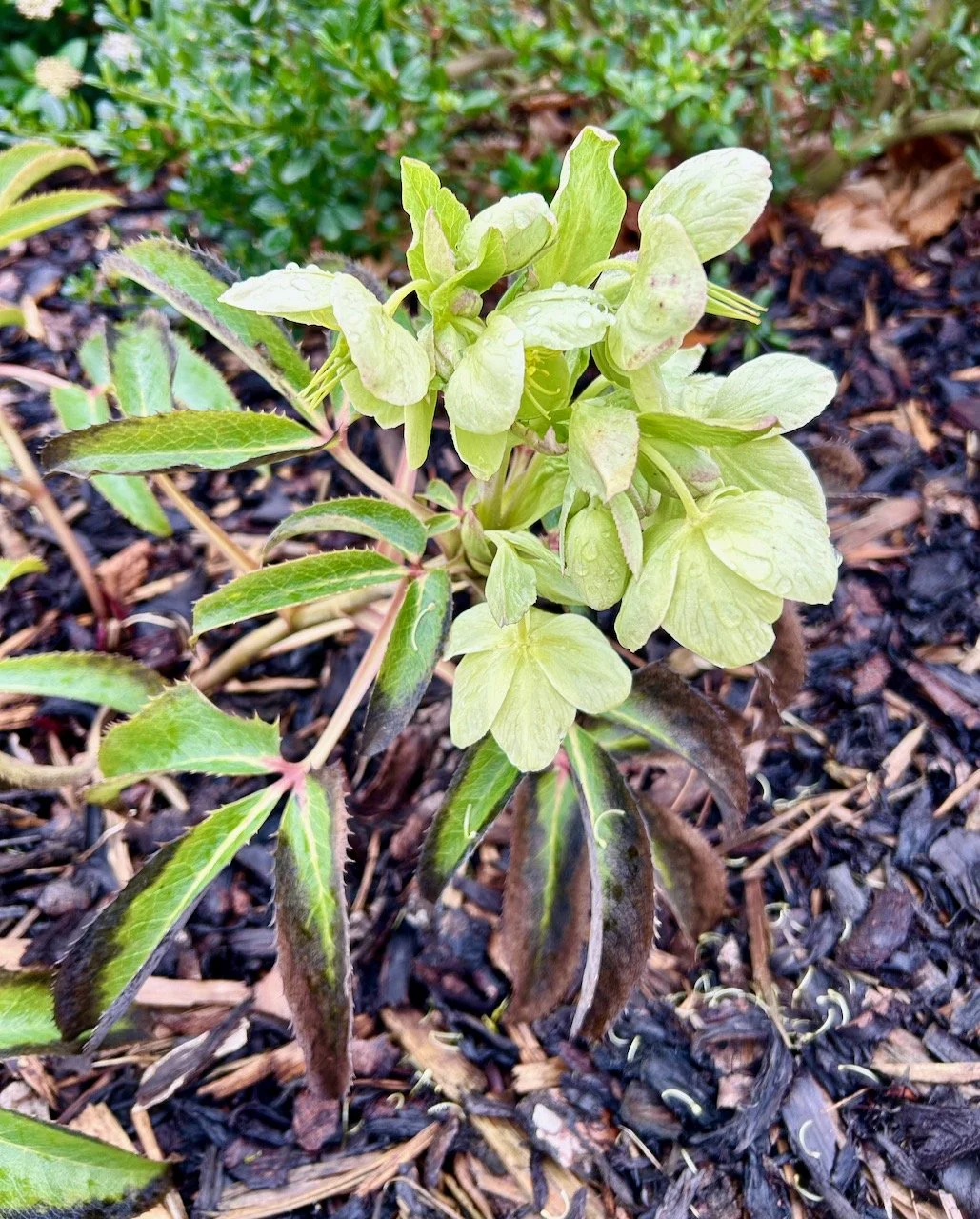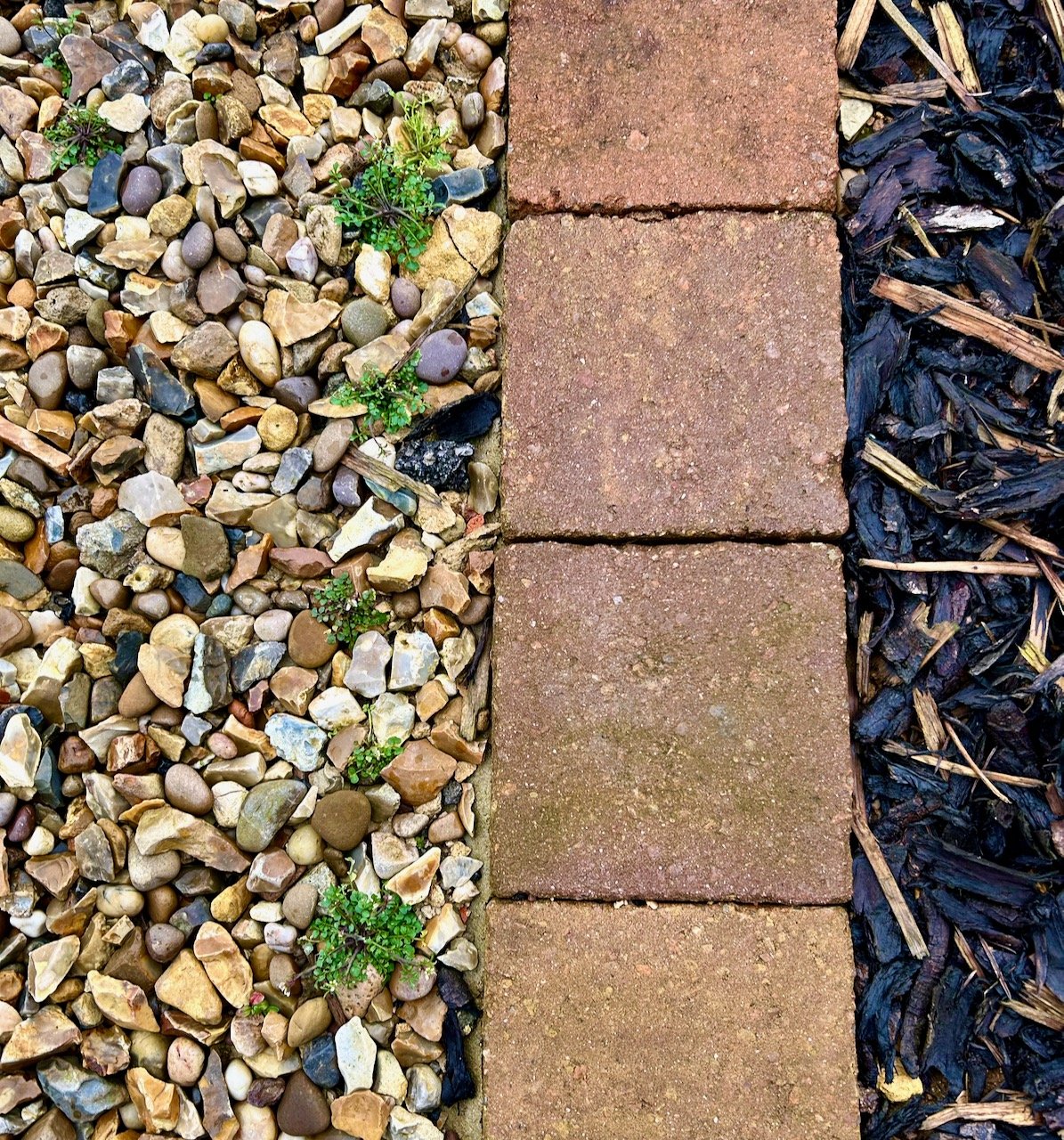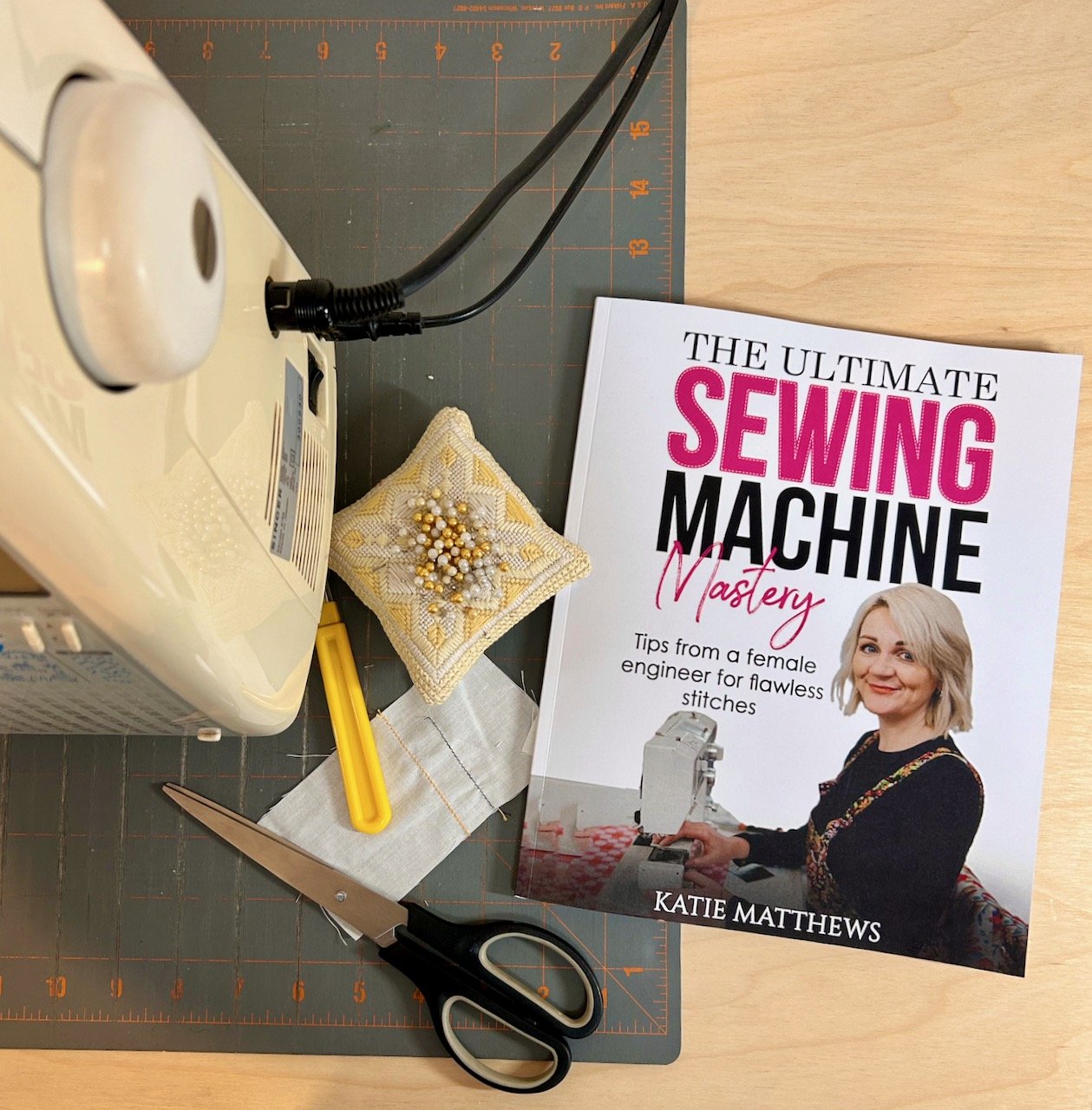In last month’s update from my garden there was the promise of colour, but it hadn’t yet materialised - well in March, it materialised with daffodils, blossom and the tulips making their mark. That wasn’t all though, and thankfully looking back you can see how much the garden has transformed in a month, with Spring taking its first tentative steps - thankfully!
These three terracotta pots have kept me busy over the month, with MOH quipping at one point that our daffodils probably had the most attention than any anywhere else, which is actually a fair comment. These egg yolk yellow daffodils were the first to flower, not surprisingly as they were the ones that got into earth in the autumn. The errant or curly wurly ones that I didn’t plant until the new year flowered much later, but they did flower and they brought their pale gentleness to the garden as they did.
You’ll have seen this photo before I’m sure, and I make no apologies for sharing it again as I really like it and it was the first time on ‘daffodil watch’ that I had flowers, the blue skies were an absolute plus too.
It was good to see the crab apple tree spring back into life too. I’d pruned it at the end of the summer last year, to reduce its size and give it a better shape and over the winter it acquired a bird feeder. Unfortunately the only birds that were interested were a couple of crows who were doing their utmost to get to the fatballs it holds. Not wanting to encourage the crows into my crab apples (there’s a lot of them here, with nests in the taller trees a few gardens away) I moved the bird feeder out of the tree and hung it on the wall, as we’ve nowhere else for it at the moment.
Watching the crows and their confusion on their next visit made me feel bad (briefly), but also they were quite comedic too - they haven’t found where I’ve hung it temporarily yet either, though we do still have a crow or two patrolling the grass every now and then.
In terms of blossom our small nectarine tree really put on a show. This plant came from dad and it’s our first year of seeing what it gets up to, and so far it’s going well! I repotted it in the autumn and as we want to eventually grow it in front of the wall on a more permanent basis, I’d pruned it so there was a central stem and two branches on each side with the intention of tying it to a cane support. I didn’t get around to that before winter, which given the wind and storms was probably a good thing, and its rewarded me with some early and very pretty blossom - I’m keen to see what it gets up to over the next few months now.
My tulips were also showing signs of promise early in the month, and are clearly happy in their new location - which while windy is also protected and of course they get the heat from the garage wall behind them. I love how they’re so very green when they’re at this stage.
Here’s the errant daffodils, some were quite tall in the end, but some of the others not so much!
They are much more delicate in their colouring though, and while they’re lovely I much prefer the egg yolk yellow sort!
Throughout the month the acer which we brought with us has come back to life too. It started with small buds, which gradually turned into these folded up leaves. It’s great to have the colour back by our back (front) door - and I think there’s more leaves than I remember in previous years.
Although I’d been keeping an eye on the tulips, they did take me by surprise and were suddenly in full flower. I think they too are enjoying the more open, and sunnier, garden and have come much earlier than they would usually in our previous garden. That gave me a headache though as my patio pots were still full of daffodils, but I didn’t want to miss out on these either.
I soon solved that conundrum by moving the tulips onto the patio and arranging, and rearranging, the daffodil pots in the large border so that we could see them from the house. I also learnt that our soil is saturated, I bought some snowdrops in the green and needed to plant them, but also needed to mix in some compost to the soil so that they stood a chance. Knowing this I was glad I put the daffodils in pots, but now I’m thinking I’ll keep them in pots and half dig them into the border - especially as know I’ve worked out the optimum spot for them all.
So a burst of colour this month - and aren’t the bold tulips against the lime green of the euphorbia just divine? I’m thinking I should pot up some of that euphorbia so I can bring that into the patio pots as a foil for the tulips next year - I know they spread when planted in borders, so maybe this could be a way to keep them more contained!
Other than these pots, we’ve still not been gardening proper this month thanks mostly to the weather - let’s hope April brings better weather and more opportunities to spend time outside in our new garden.

